Project Lead / Game Designer / VFX Artist
Overview
Iron Horizon is a high octane, aerial, action game set in the skies above a flooded world sunken by a series of environmental catastrophes. The last surviving humans have revived war machines of the old world, commonly known as Dreadnoughts, in order to harvest the earth of its remaining resources. A desperate attempt to preserve what little civilization is left. Colossal, armed to the teeth, and infested with drones, these automated Dreadnoughts will stop at nothing to consume the planet’s last fertile lands. Our game takes place in the skies dominated by these machines. Each level is a three dimensional, living, moving playground of gameplay opportunity and the very enemy the player must destroy.
Plummet from the skies and use jet-powered, chainsaw-rimmed wings to slice open the Dreadnoughts, gutting them from the inside. With each killing blow another monster of our industrialized past is felled and balance restored to the natural world.
Iron Horizon Trailer
Iron Horizon Gameplay
Alpha Gameplay
This footage represents our game at its alpha stage, far prior to the footage shown above. There’s a lot of differences between these versions, both mechanically and aesthetically. Most notably a crafting system that was later removed so we could focus our attention more on the game’s moment to moment combat. Originally, the player could collect resources and forge their own weapons with a companion drone named 4-G (forgy, get it?). This alpha’s aesthetic also leaned far more into a streamlined sci-fi direction, rather than the diselpunk designs we settled with.
My Role
I worked on many different aspects of the game from level-design to VFX art, but my primary focus was always team management and creative direction. After my team settled on Iron Horizon as the game we wanted to make, I had to organize a system by which our team could operate. Delegating responsibility, operating sprints, scrum meetings, and overall project management was my priority at first. I stayed in tight communication with every team lead and was even responsible for hiring external freelancers when needed. However, the task that required the most attention was keeping the team positive and motivated. We made this project while balancing all of our other college senior work. It was stressful, especially due to how ambitious creating Iron Horizon was for our timeframe. Our game’s development was challenging, every member of the team needed to learn new skills and take on more than one role. My job was to maintain the creative vision for the project while settling disputes, keeping the game on track, and making sure everyone was happy. Without a positive attitude, motivation and production collapses, my most important job as team lead was to make sure that never happened.
The Game Core
Versatile Aerial Combat: Use a combination of dynamic ground to air movement, airborne melee combat and diverse weapons to achieve your goals.
The Game Pillars
Pillar 1: Multi-system aerial movement
Use the different flight abilities to soar throughout an airborne fortress in creatively lethal ways.
Pillar 2: Environmental combat
The environment is your ally - use it to transform the battlefield, damage the Dreadnaught, and kill your foes.
Pillar 3: Airborne Melee Combat
Use chainsaw wings to rip apart your enemies mid-air and deliver devastation to the environment around you.
Pillar 4: A dynamic level
Destructible scenery can be used as a weapon and the ship’s systems can be used against it.
Pillar 5: An reactive environment
The level itself is the ‘boss fight’, constantly fighting back against the player.
The Development Process
Iron horizon was developed by a team of nine, including myself, during the second half of our senior year at Savannah College of Art and Design. Post graduation, we entered Iron Horizon into some competitions and festivals where it went on to be a finalist for Game of the Year in the Rookies Awards. While the team was very proud of our game, Iron Horizon proved to be a roller-coaster of design challenges. For a long time the game was in a constant state of change and evolution as we kept pushing it to be a better, more engaging experience. Below, I have laid out the development process for the game, from its beginnings all the way to its current build.
The Original Pitch
I originally pitched Iron Horizon to my team as a much more physics based experience with heavy emphasis on gravity influenced movement and ship infiltration. It wasn’t diesel-punk in the slightest and instead took on a much more 70’s sci-fi/fantasy tone with floating megastructures and creature-like ships reminiscent of films such as Castle in the Sky and Nausicaa.
Original Elevator Pitch:
Play as an airborne warrior who dives into the collapsing eye of a hurricane and uses their aerial skills to bring down massive, flying warships that act as bosses.
No Grappling Hooks
This initial idea revolved heavily around a harpoon gun (grappling hook) that the player could use to rip apart the ship and manipulate elements like rudders by reeling in the harpoon wire. While this was a cool idea, we decided to come up with a totally new and unique core mechanic instead. There are plenty of awesome games with grappling hooks and the physics system it would require was out of scope for the project.
Wings of Death
Very early on in development we had the idea that the player should be able to use their wings as their weapon. Originally, these wings served no combat purpose. They could be extended and retracted, sending the player into a free fall or a glide, the early foundations of our flight system. However, we wanted to bring melee combat to the skies! Our first draft for the ‘melee wings’ saw them as bladed and highly aerodynamic, slicing through anything you flew near. We also decided to give the player ‘talons’ so they could grab objects, throw them, and climb all over the ship.
First Pass Character
Below is our concept art for the first iteration of the player character, made by our very talented concept artist Tianyi Lui. This design is far cry from what we ultimately ended up with and features the talons that got removed later in development. Due to feedback, we decided to pivot away from the futuristic look we were leaning into and head down the diselpunk path.
Character with talons and greaves
Character with talons and no greaves
Alternative concepts for the helmet and talons
Wing Concepts
Below are some of the very early concept designs for the player character wings. All art is made by Tianyi Lui.
Alpha Results
The earliest iteration of our game suffered due to three main issues. Firstly, the wing attack only damaged things to the sides of the player, so by the time you destroyed something you already flew by it, taking away the satisfaction by not seeing the carnage. Secondly, the level was way too big. We needed a large level to compensate for the player’s movement system, but as a result enemies seemed nearly microscopic and getting anywhere took too long. Lastly, the enemies were far too numerous and insanely difficult to kill. Essentially, our AI needed to get dumbed down, it was way too good at killing us.
What we Changed for Beta
After the results of our Pre-Alpha playtests, we went back to the drawing board to fix many of the fundamental flaws of our project. Listed below are the largest changes we made:
Pivoting to Diesel-punk
We wanted our game to stand out stylistically and not blend into the plethora of other sleek, sci-fi action games. We chose to re-imagine our universe in the dark, gritty style of diesel-punk. Colossal, over-engineered battleships bellowing smoke, bulky soldiers clad head to toe in blackened steel, a thick layer of grime coating everything in sight. It would take a few more iterations of our game before its diesel-punk style was fully realized, many original elements such as drones and lasers persisted throughout the early versions of Iron Horizon.
Forging Mechanic
We decided to give the player the ability to forge their own weapons and tools. We were having some serious doubts about our game’s primary wing attack mechanic and decided to throw in something new to spice it up a bit. The player would also be able to build a series of upgrades for their weapons as well. Originally, the player would use supersized gauntlets to build their weapons with. However, we decided to give the player a companion drone named 4-G (Forgy) instead, who would help the player build their gear.
Resource Management
To balance out our new forging mechanic we decided to add in three resources the player must collect to build their weapons. The resources were steel, copper wire, and fuel. To build any weapon, or its upgrade, you needed a certain combination of these resources.
Weapons and Tools
The player needed someway to interact with the world around them besides the wing attack, so we decided to add in weapons and tools. We added in four diverse weapons, all with different functions to add variety to the way players could approach situations. We also added in tools, which were non lethal and could be used tactically to create interesting combat scenarios.
New Enemies
We scrapped our old enemy designs and decided to rebuild them from scratch. We created five new enemy types all with specific purposes and functionality that would provide players with unique encounters anywhere in our level. All of these enemy types would end up being scrapped again and replaced later in development.
New Level Design and Dreadnought
There were countless problems with our Pre-Alpha level design. The best way to fix all the issues we encountered was to totally scrap our old Dreadnought and start all over. Our new approach to level design was based off destroying the Dreadnoughts major components to reveal the ship core the player had to destroy. The level became more linear, but at the same time much more interconnected and meaningful. Our new Dreadnought, powered by lightning, was called the Thunderbird.
Hover-mode
Our movement system needed a lot of work and to add variety we gave the player the ability to go into hover mode. While in hover-mode the player could move in any direction and stay in place at the same time. Weapons and tools could only be used in hover-mode while flight-mode was reserved for quickly darting around the level and using the wing melee system.
Beta Screenshots

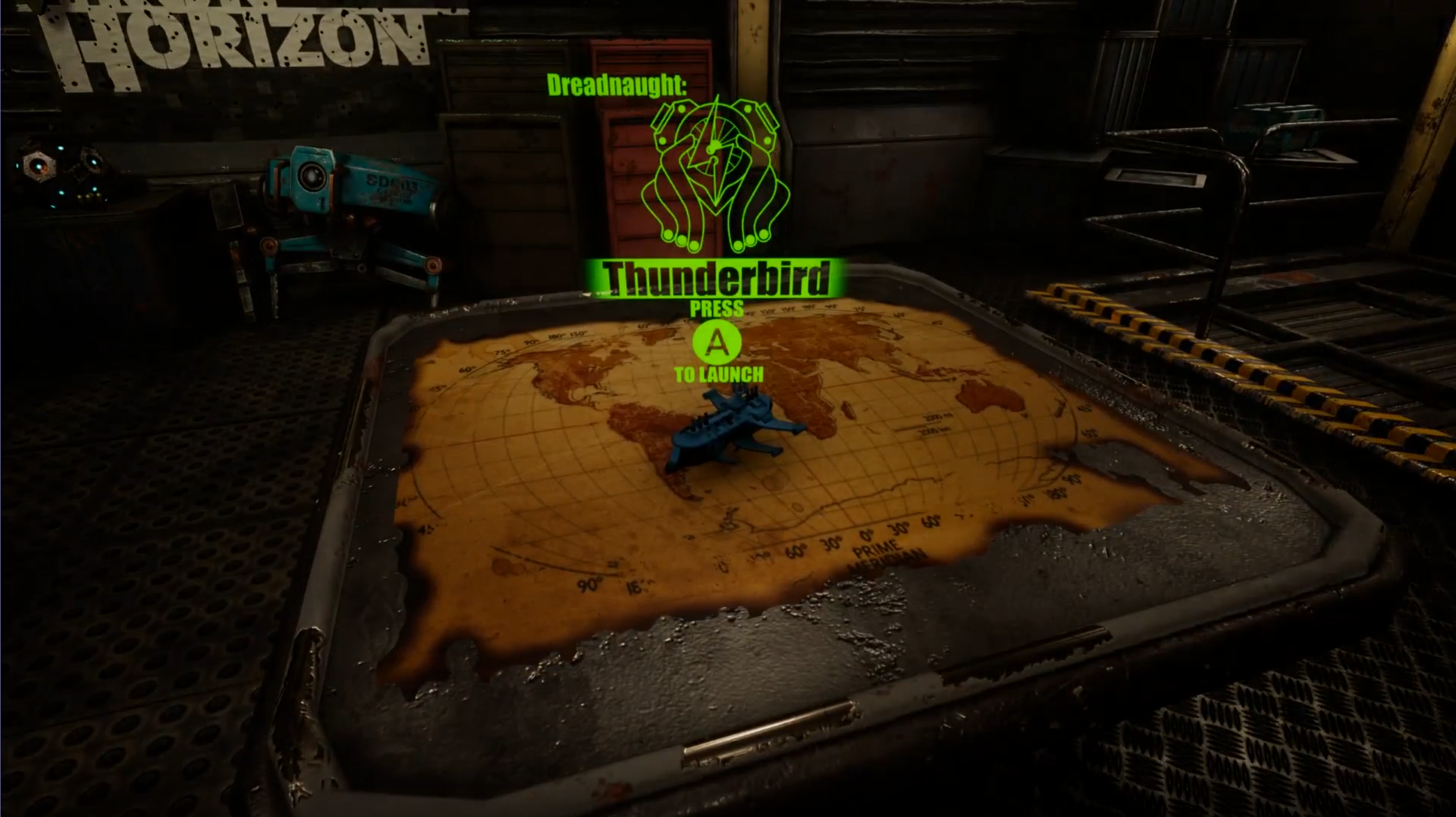


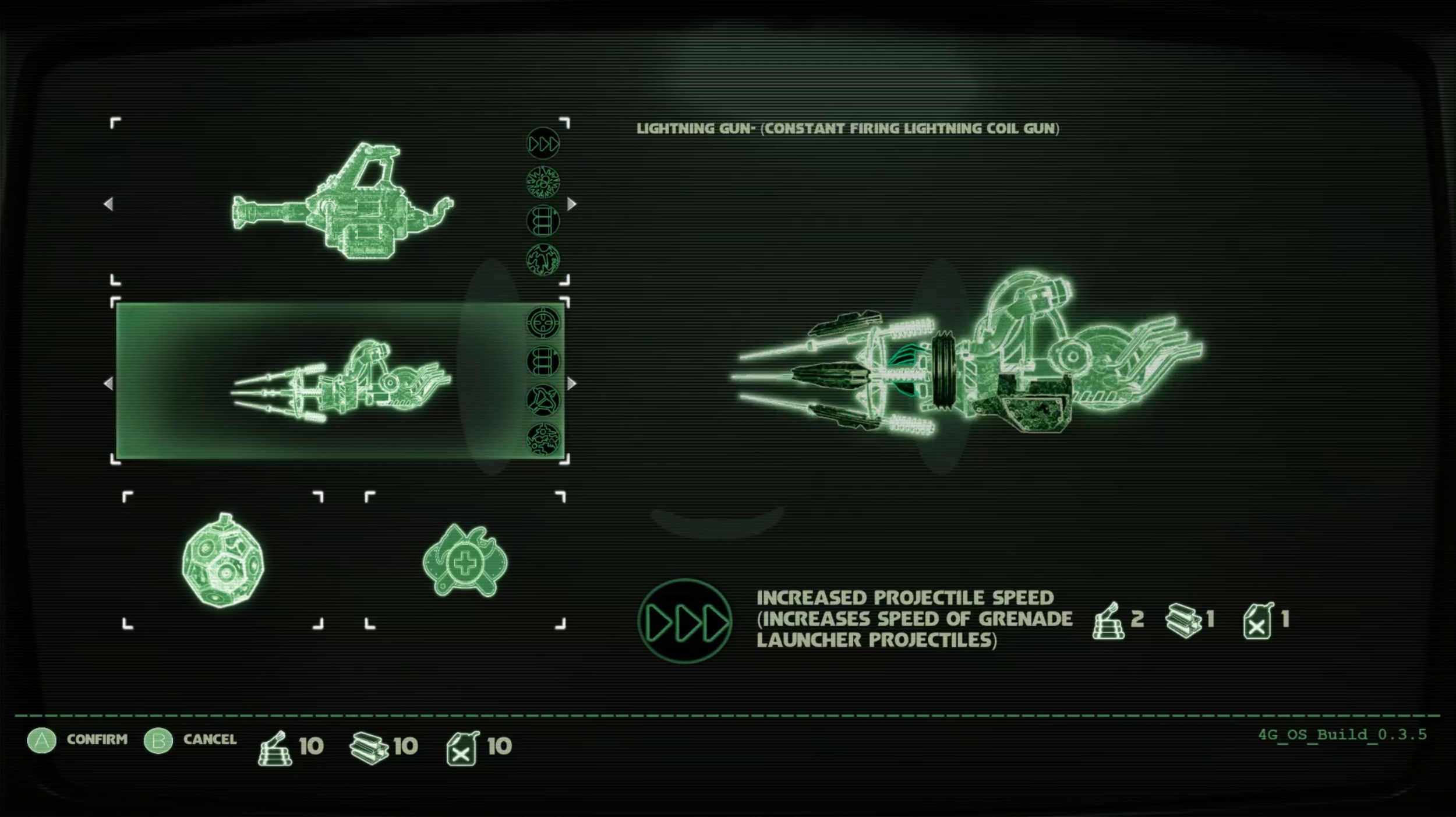
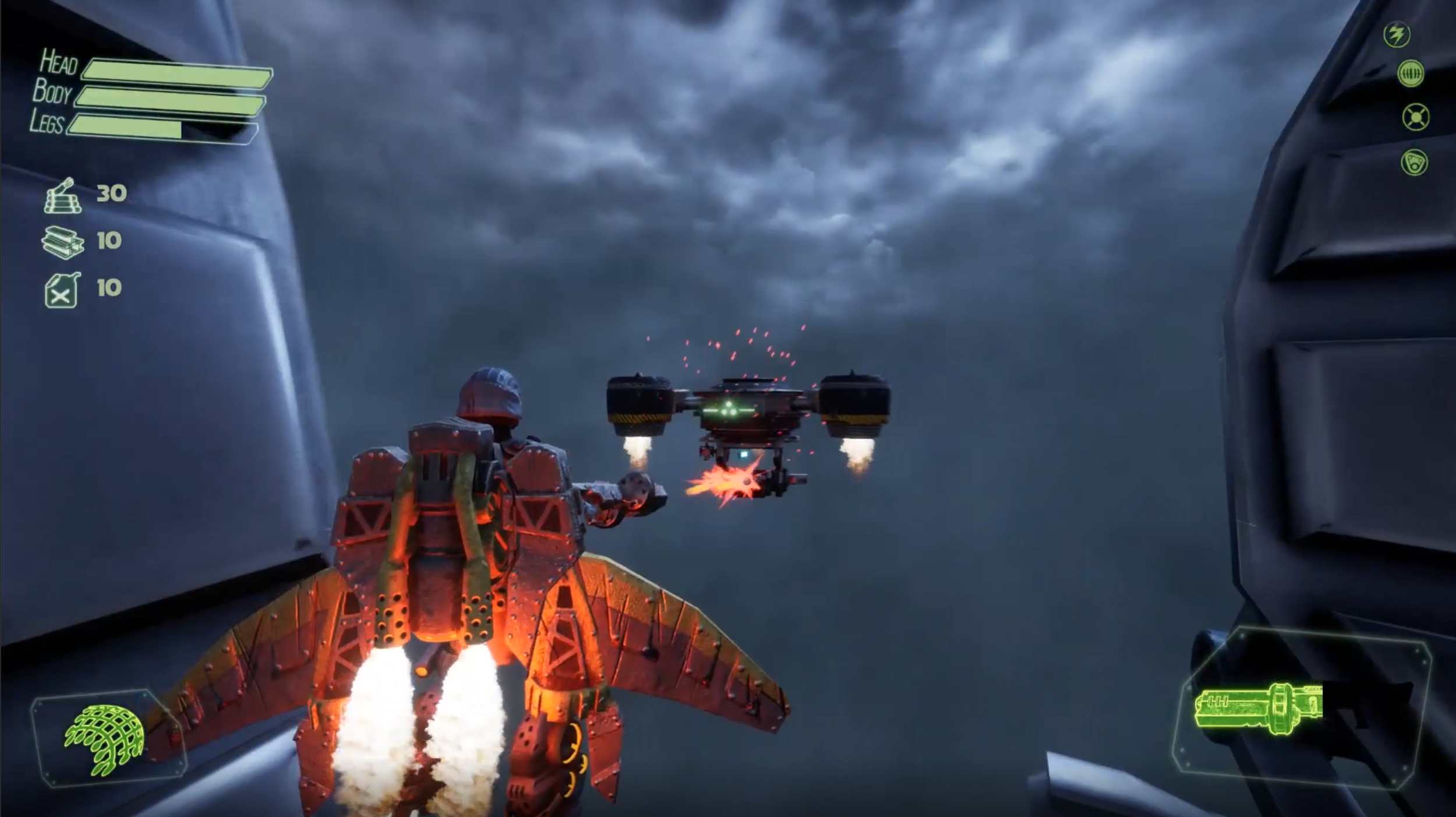
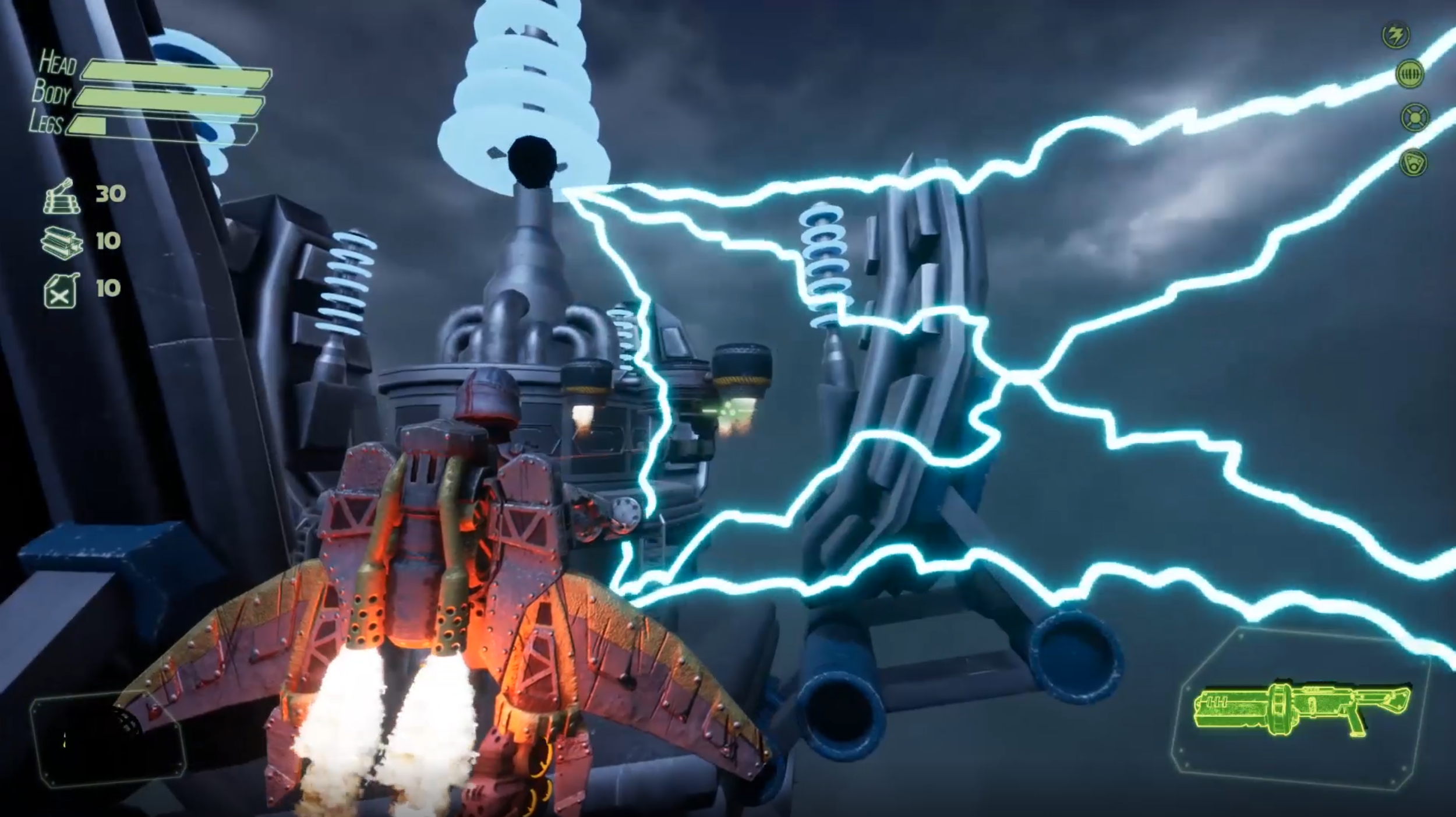

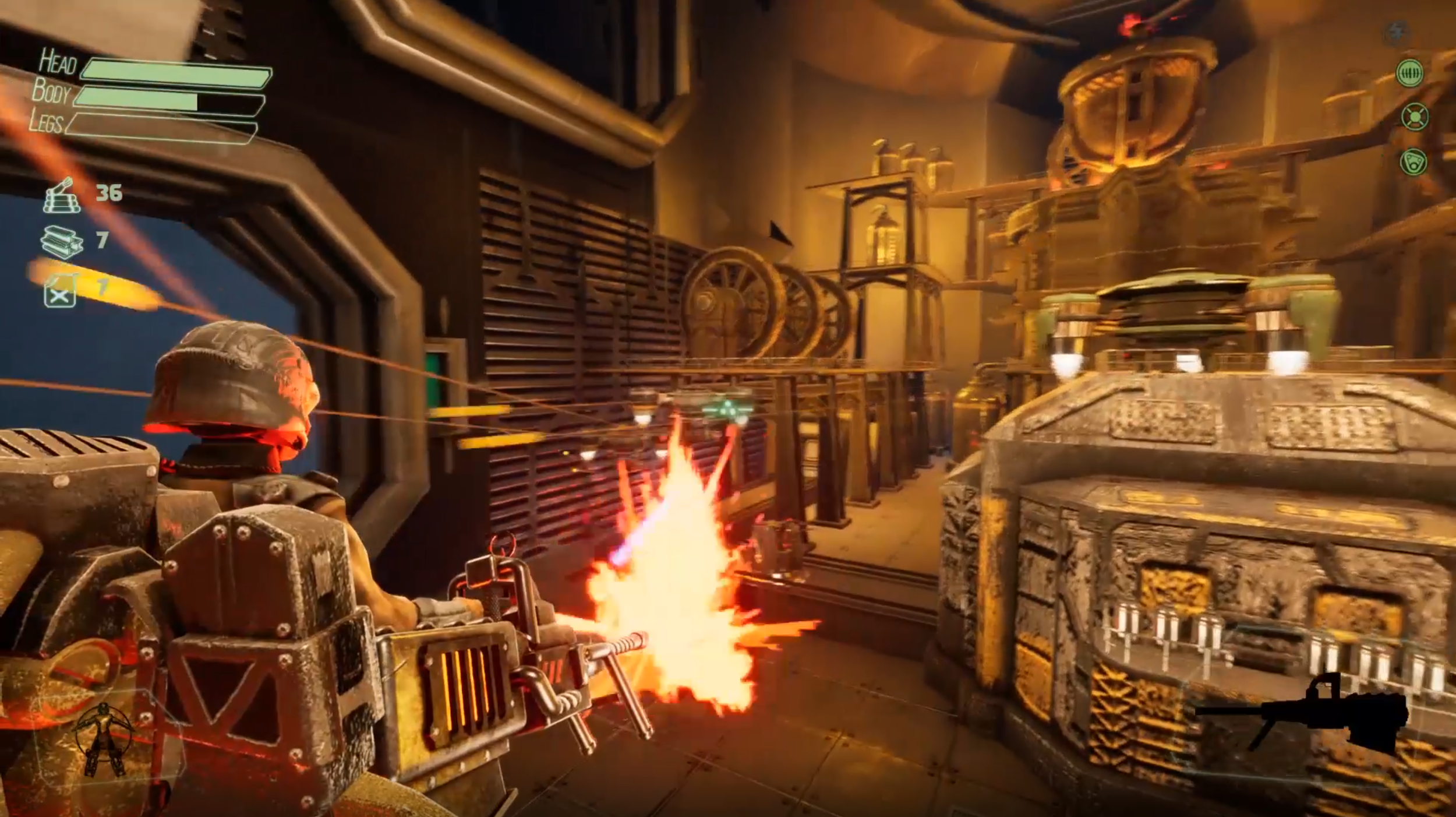

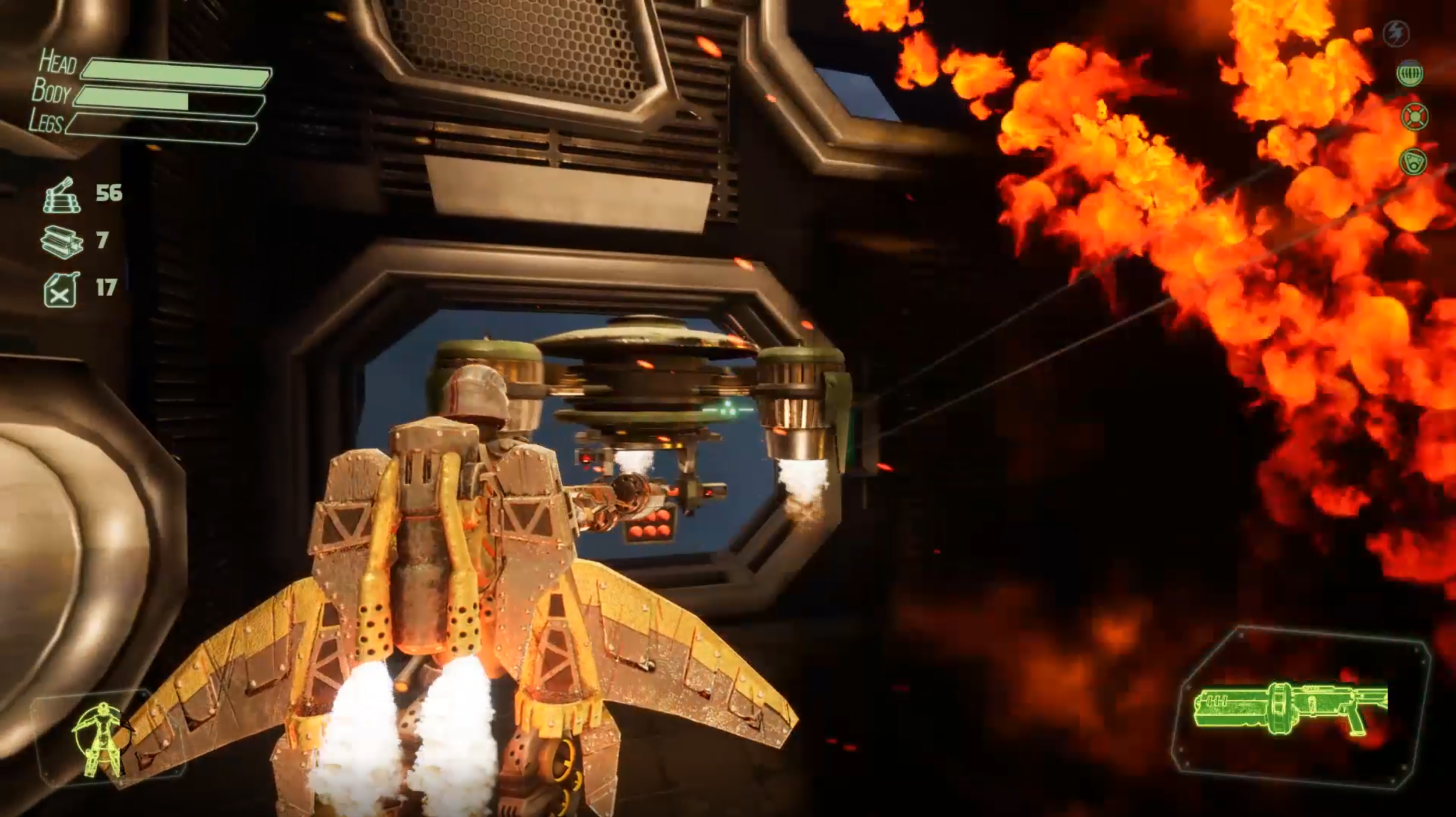
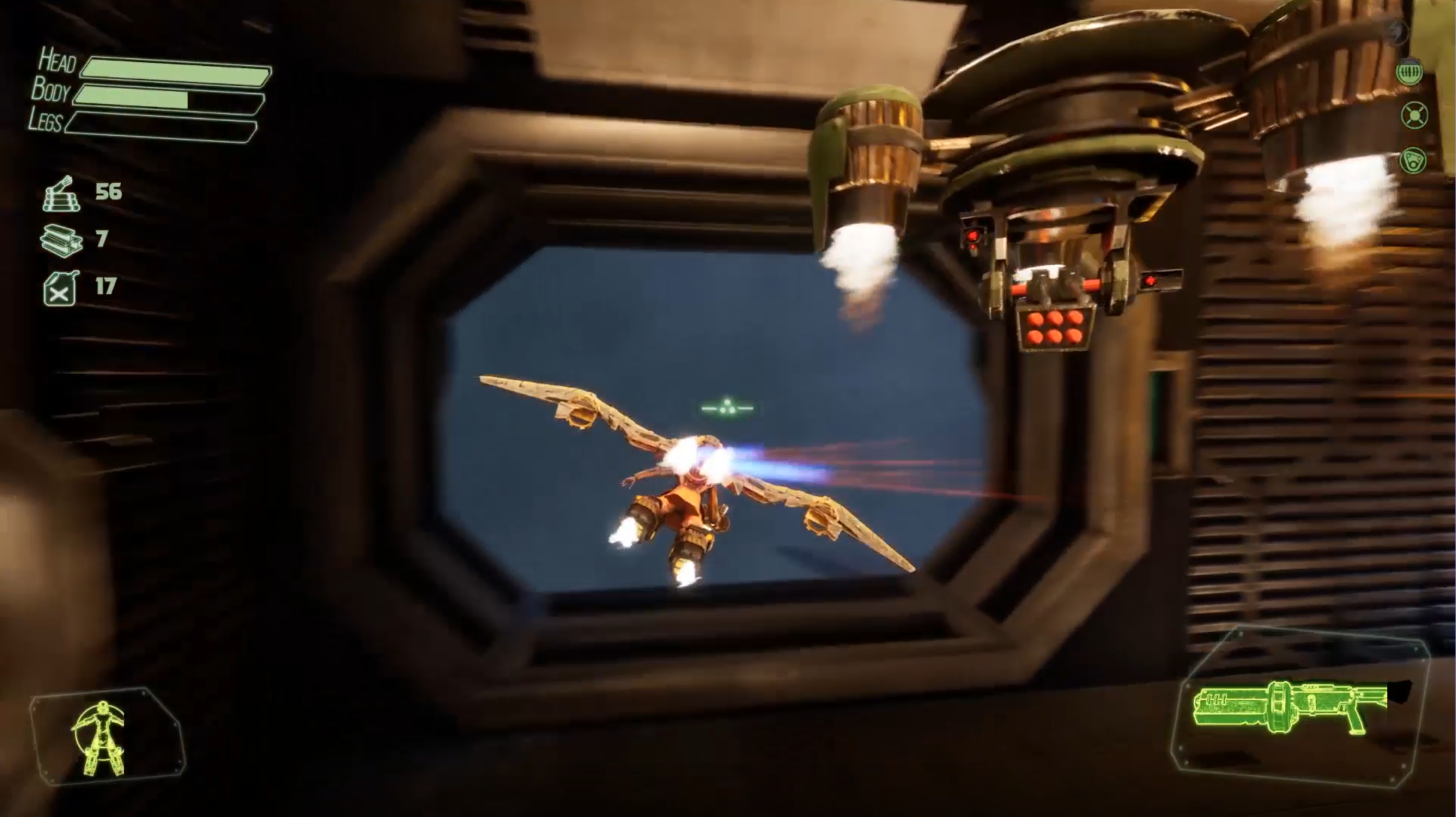
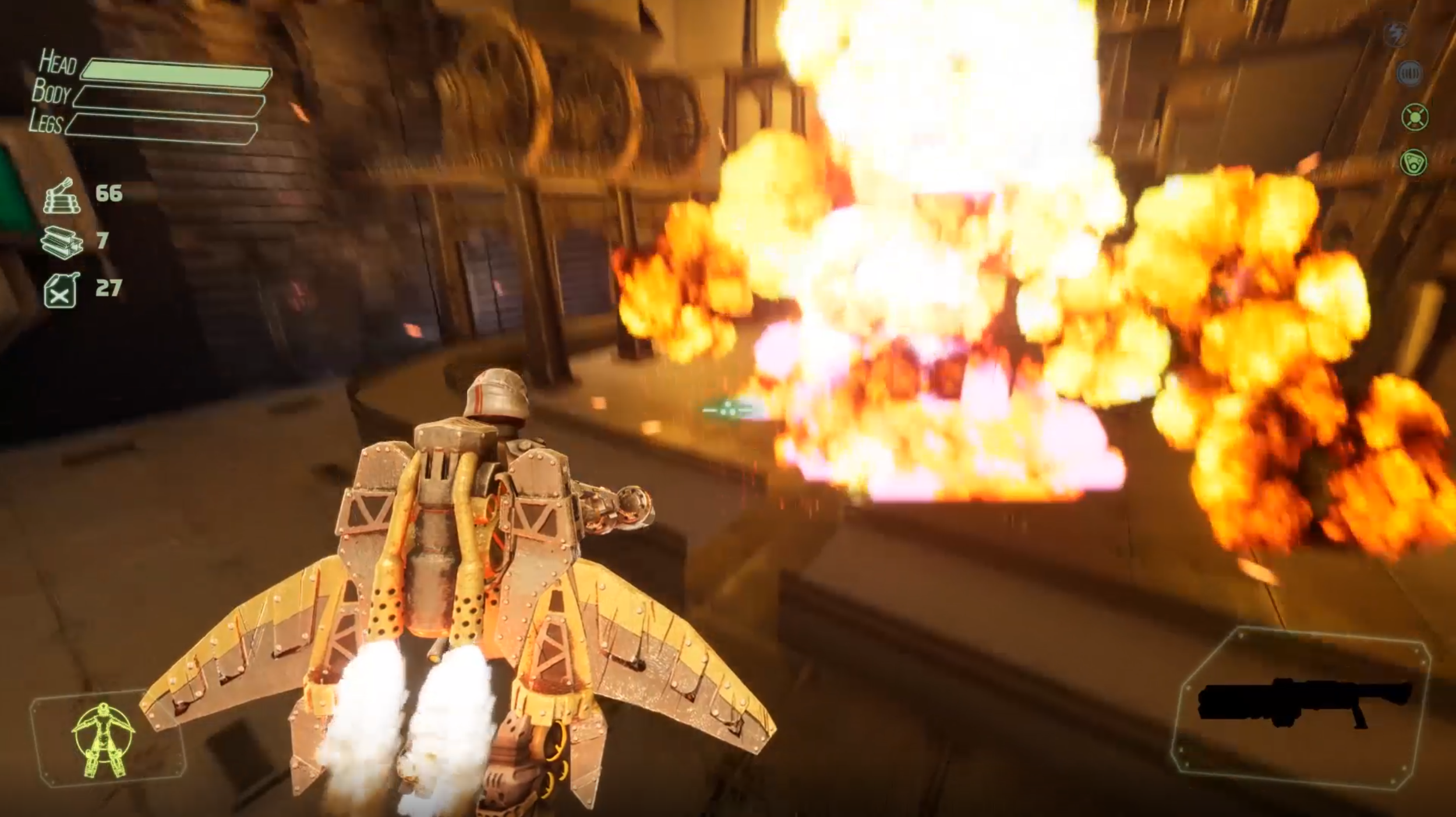
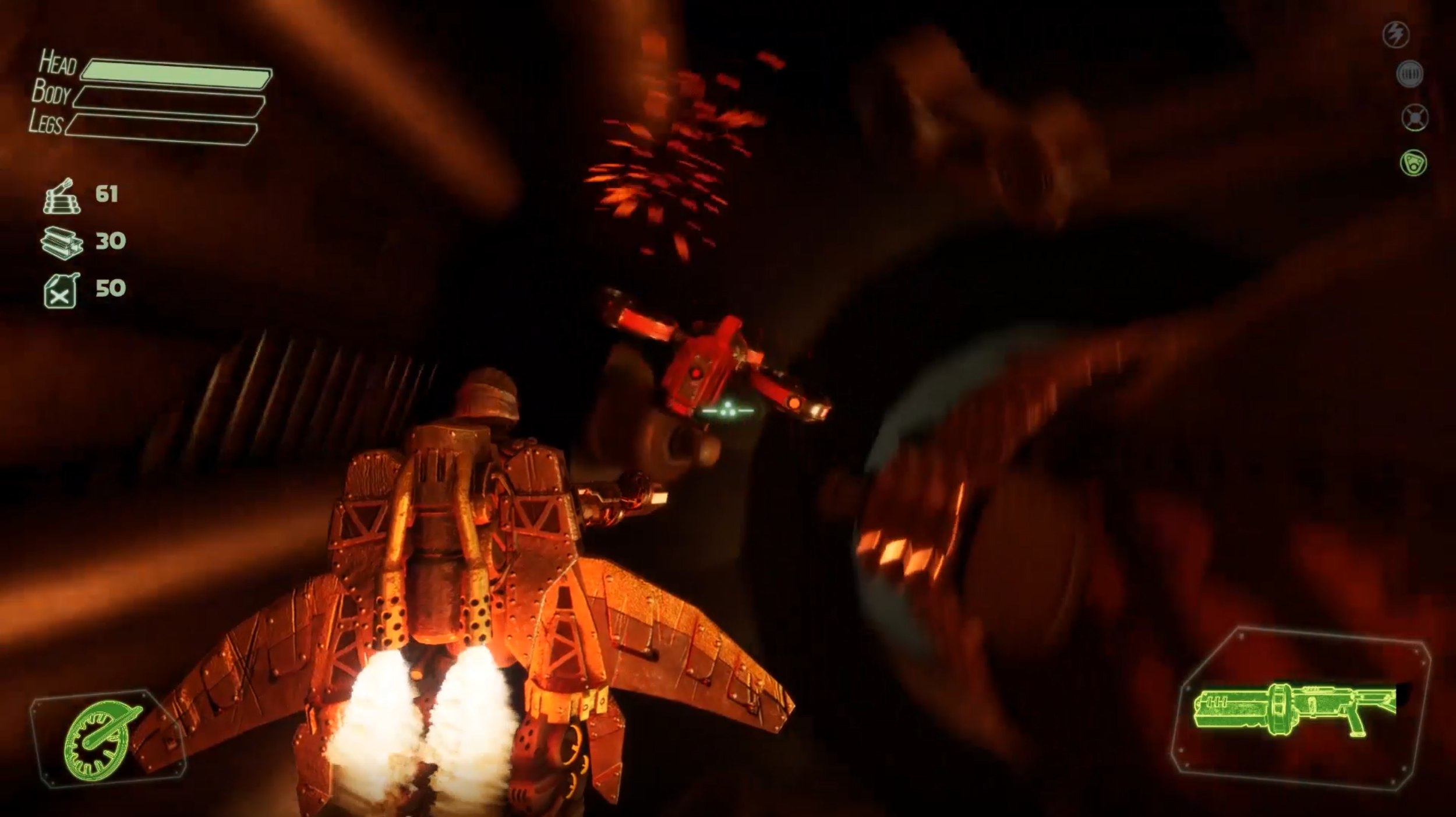
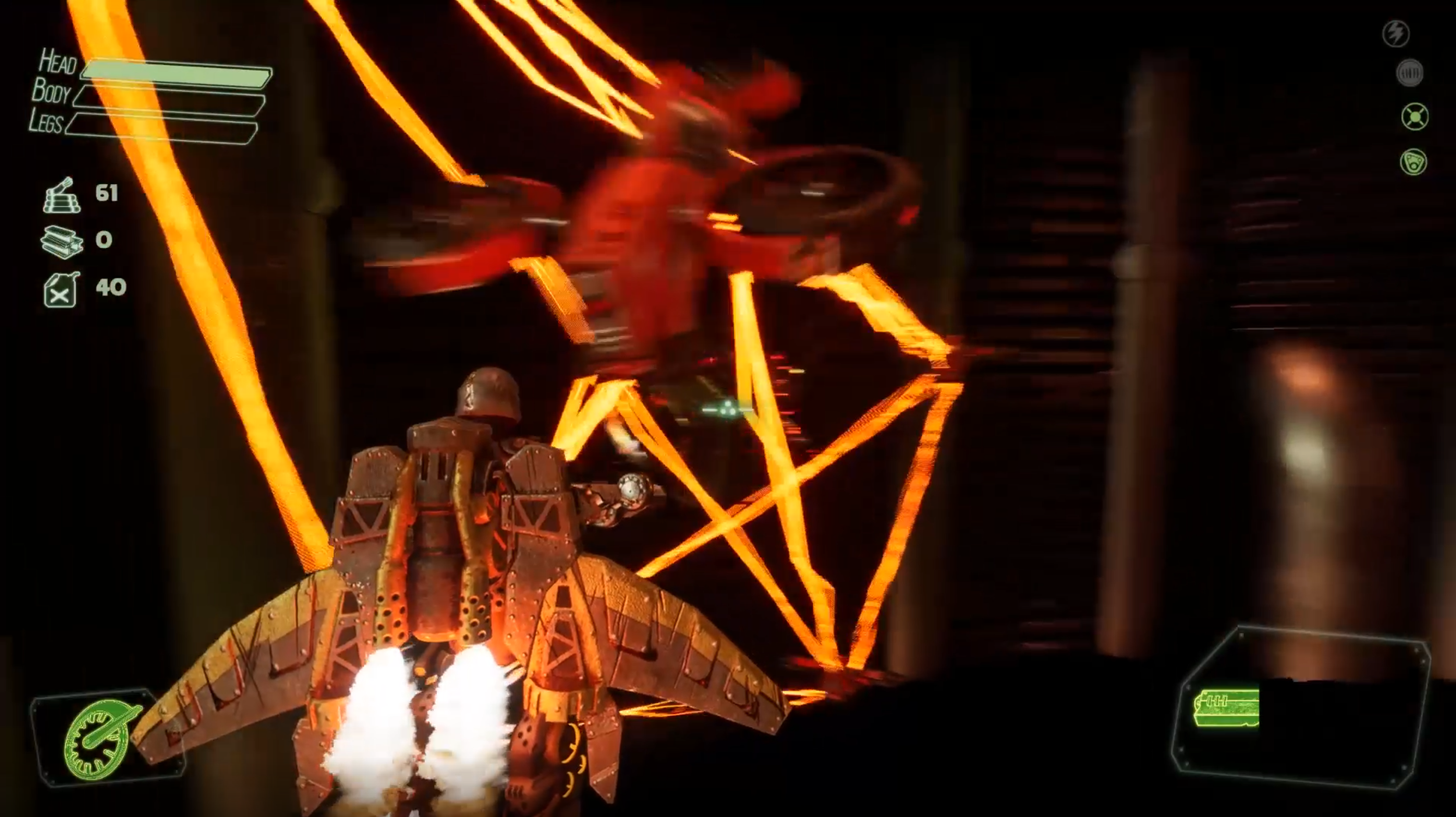

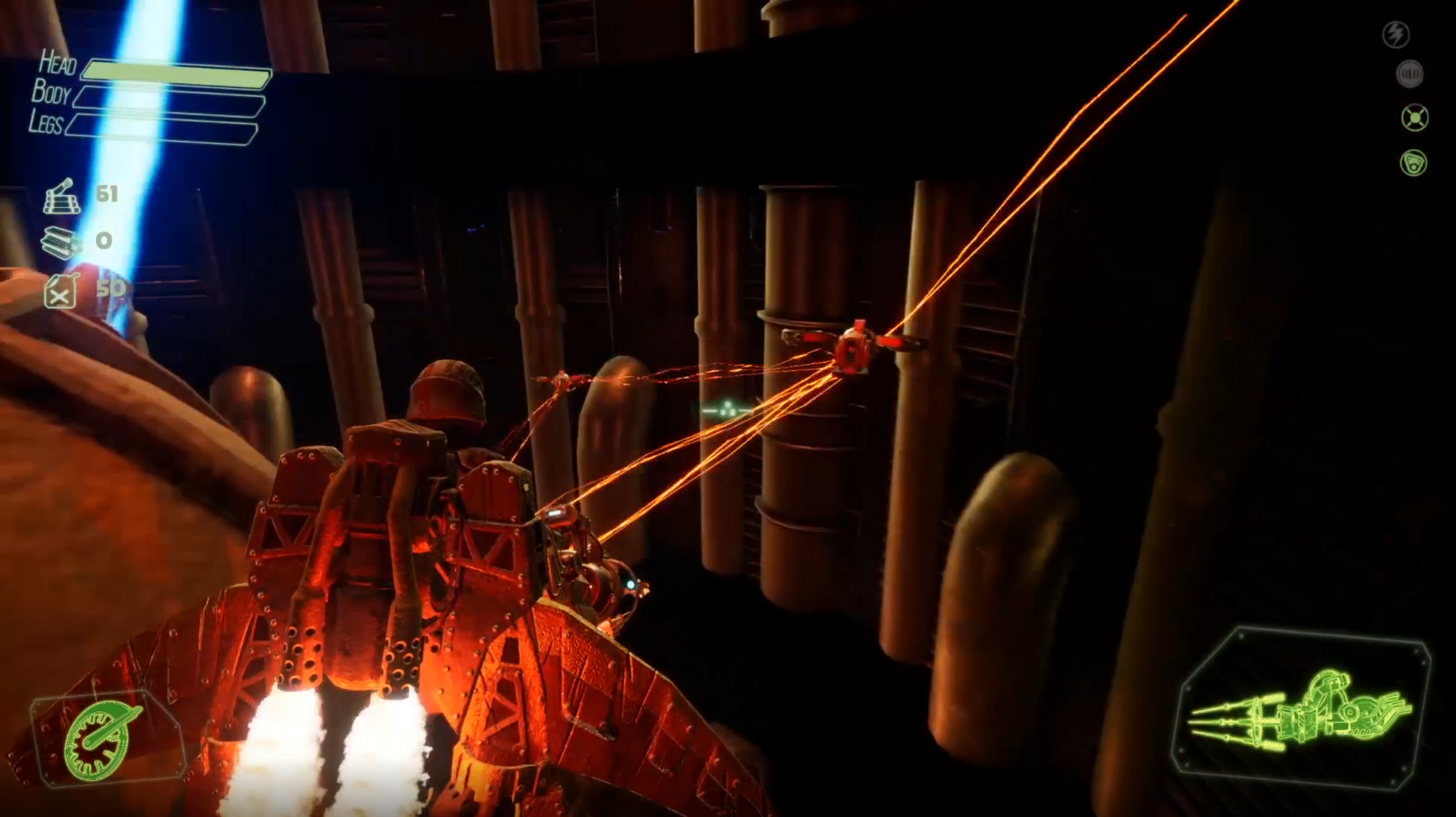
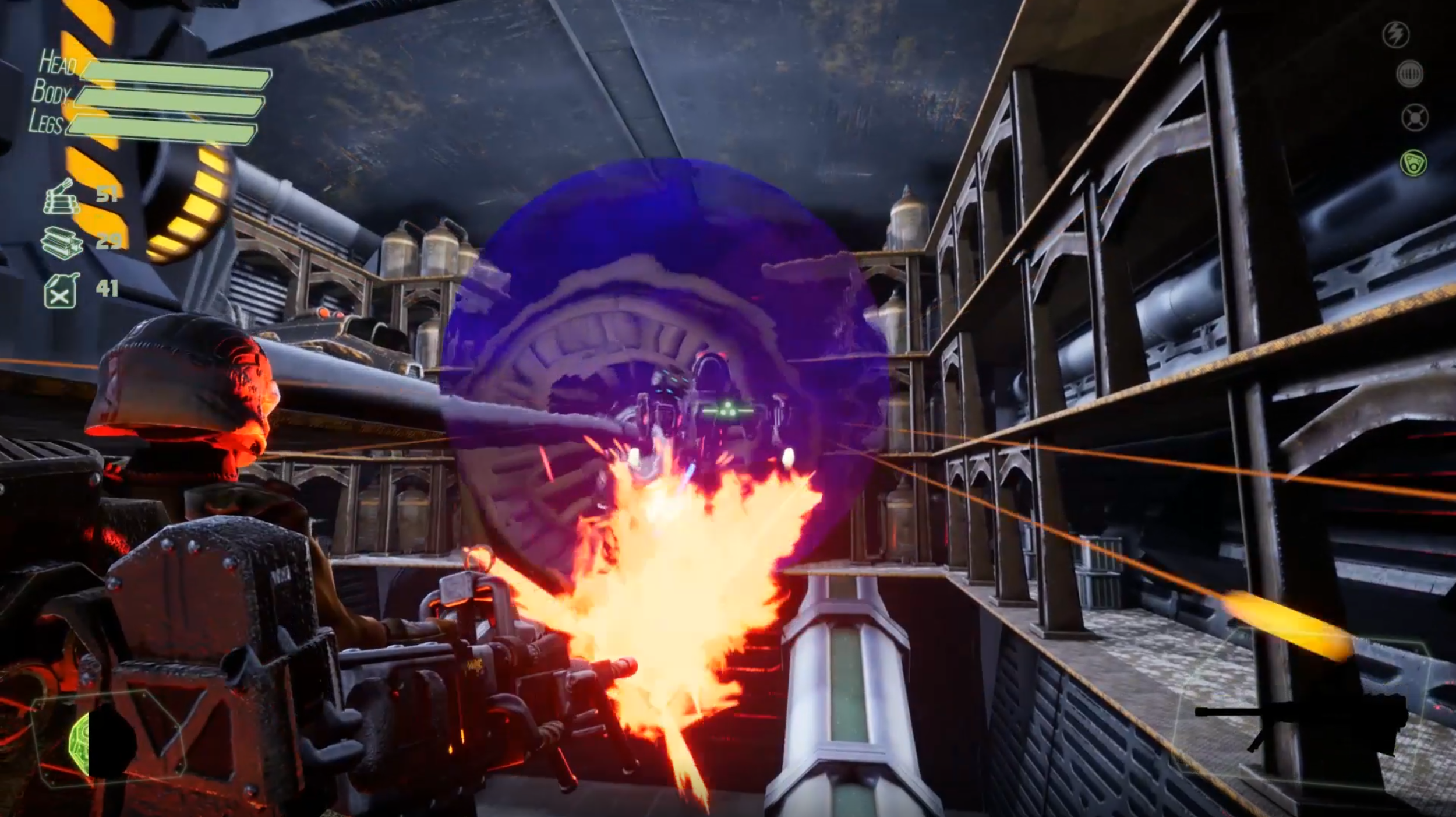
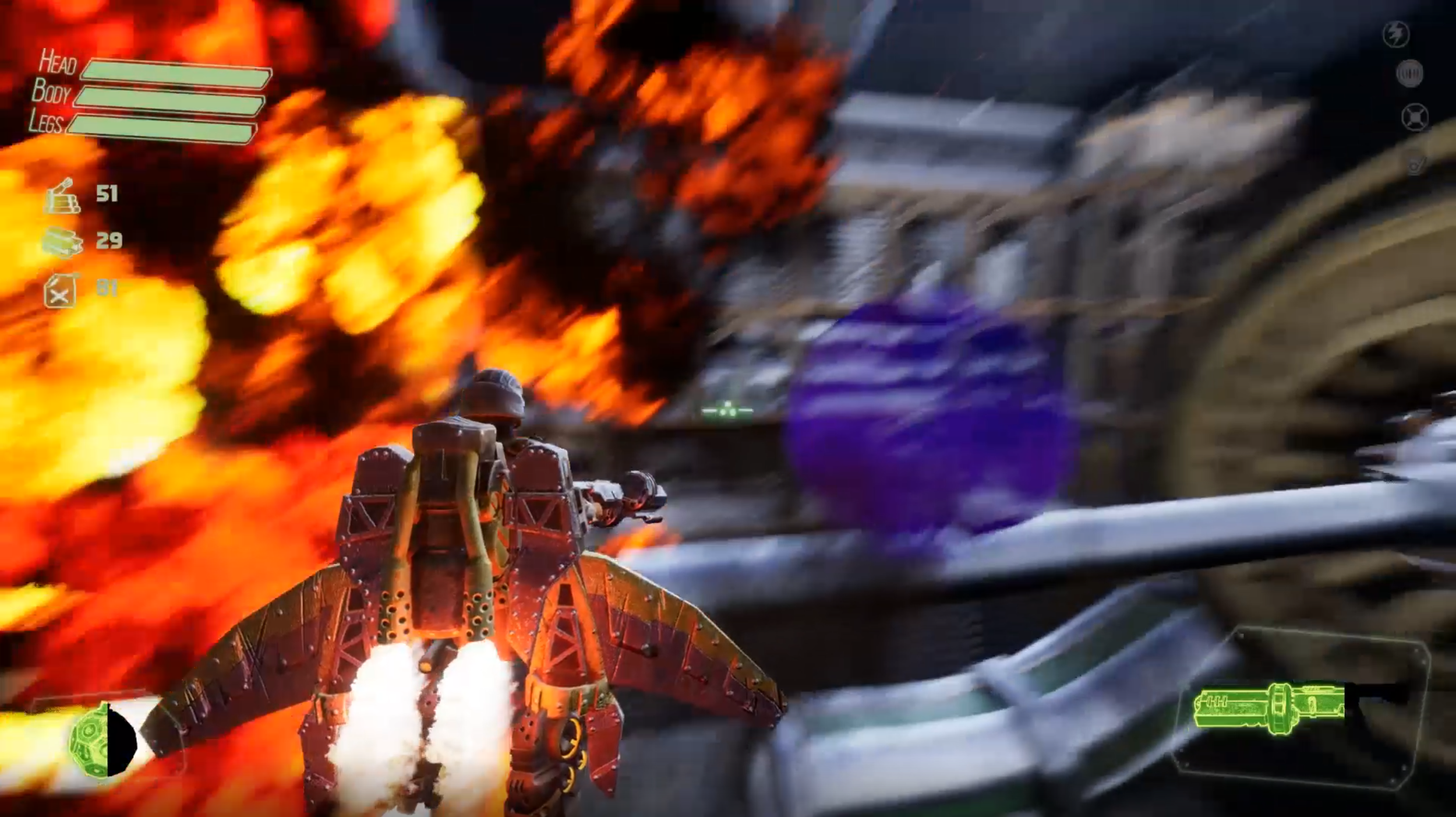



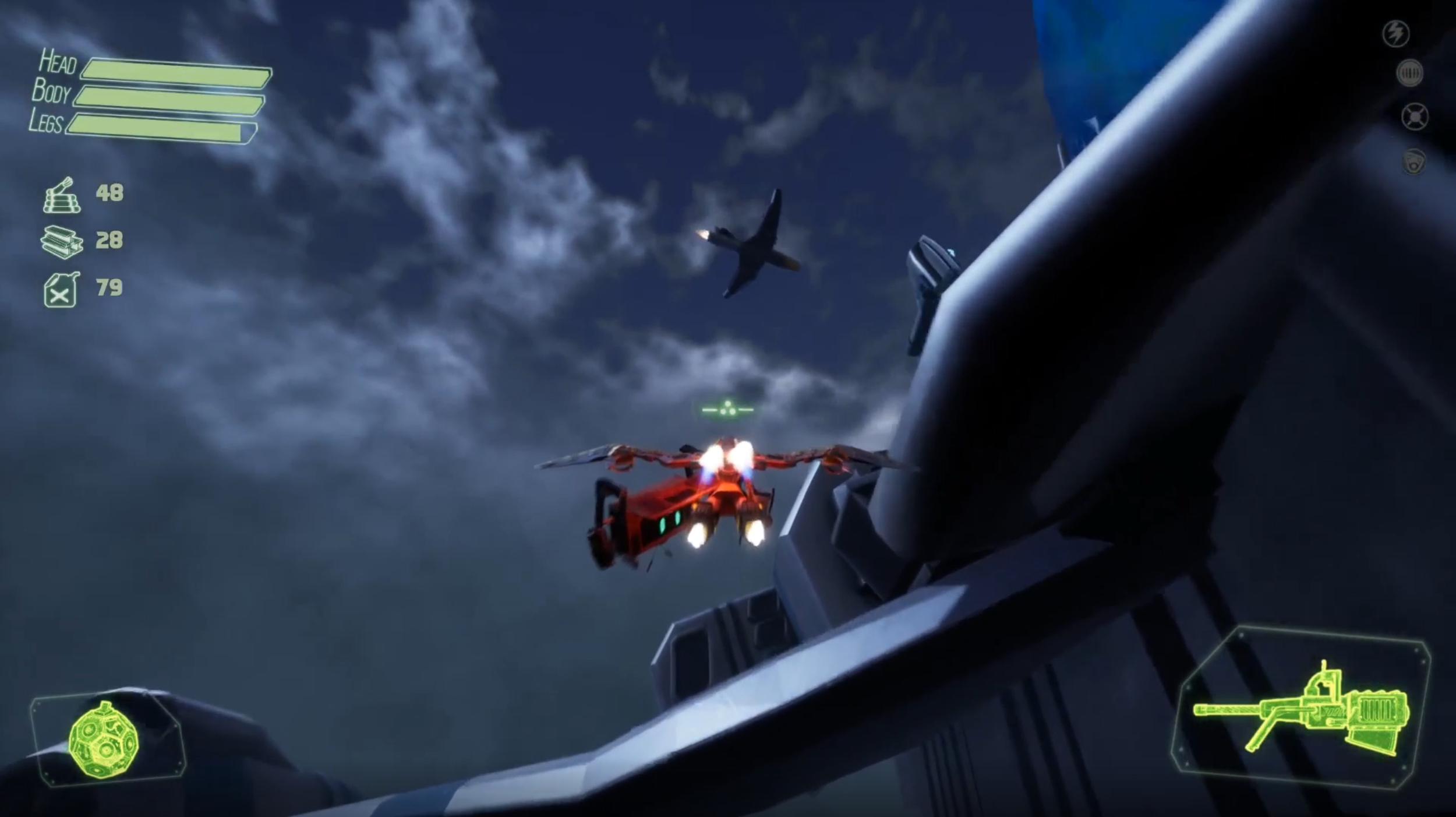
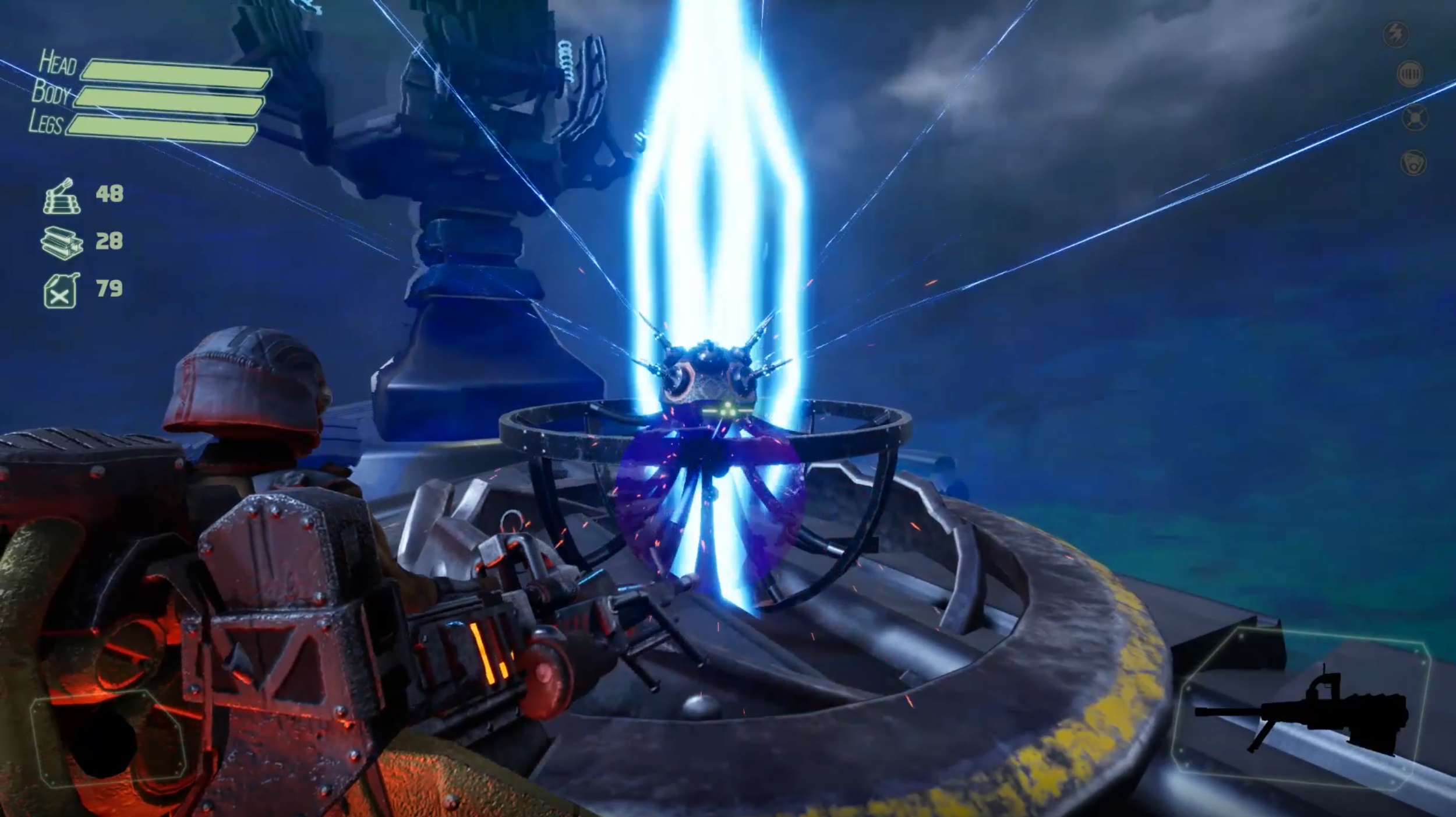
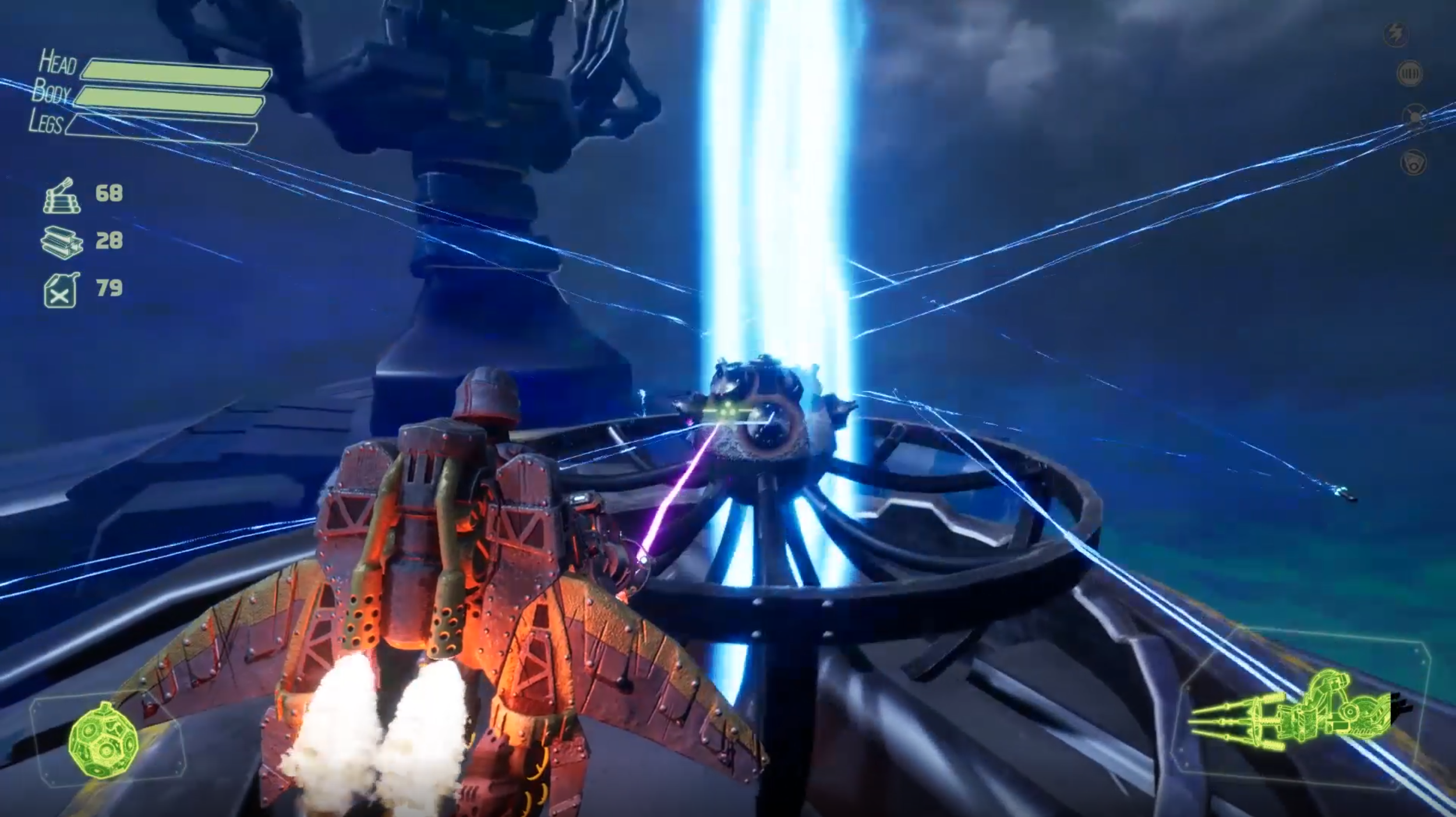


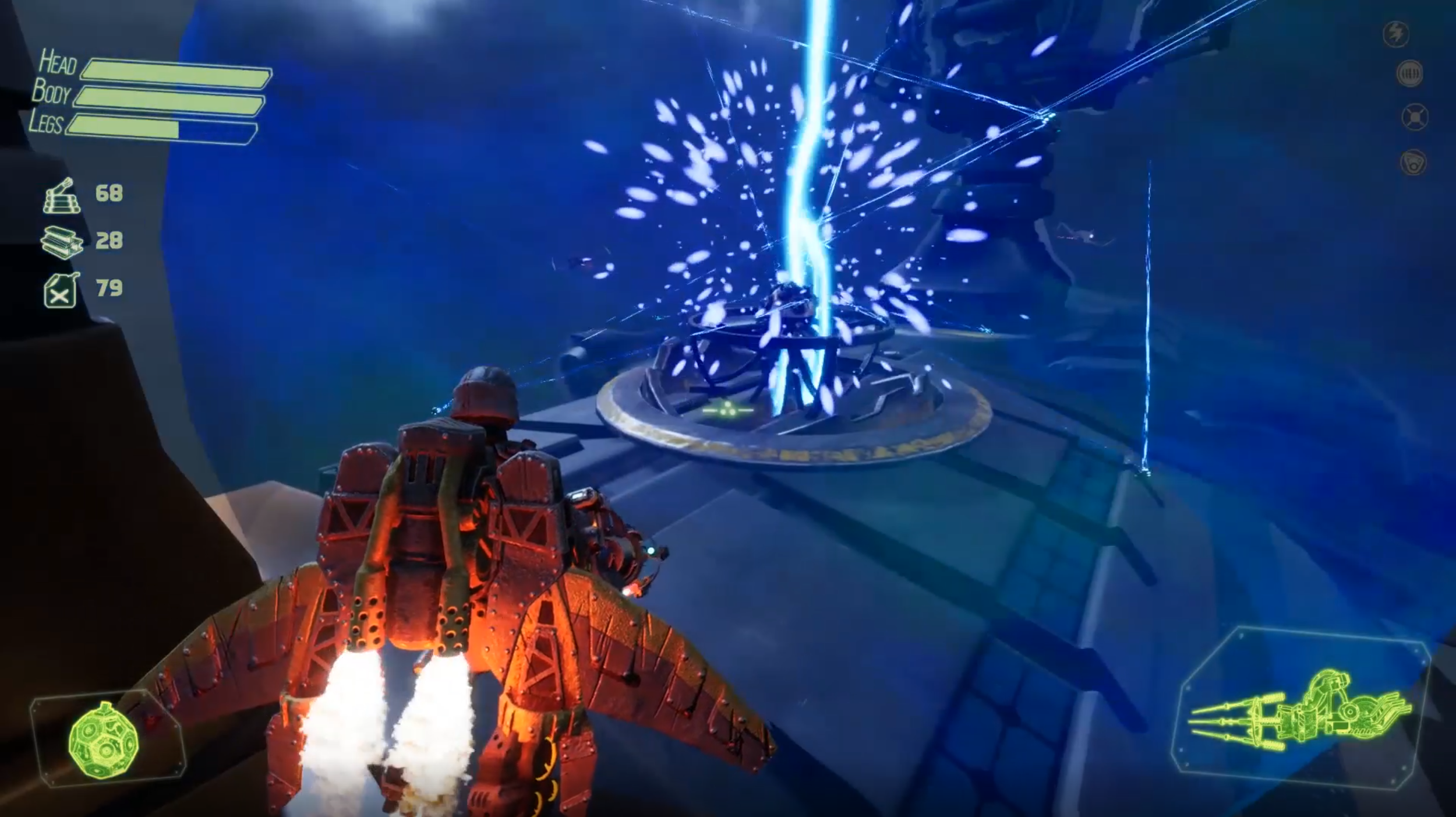
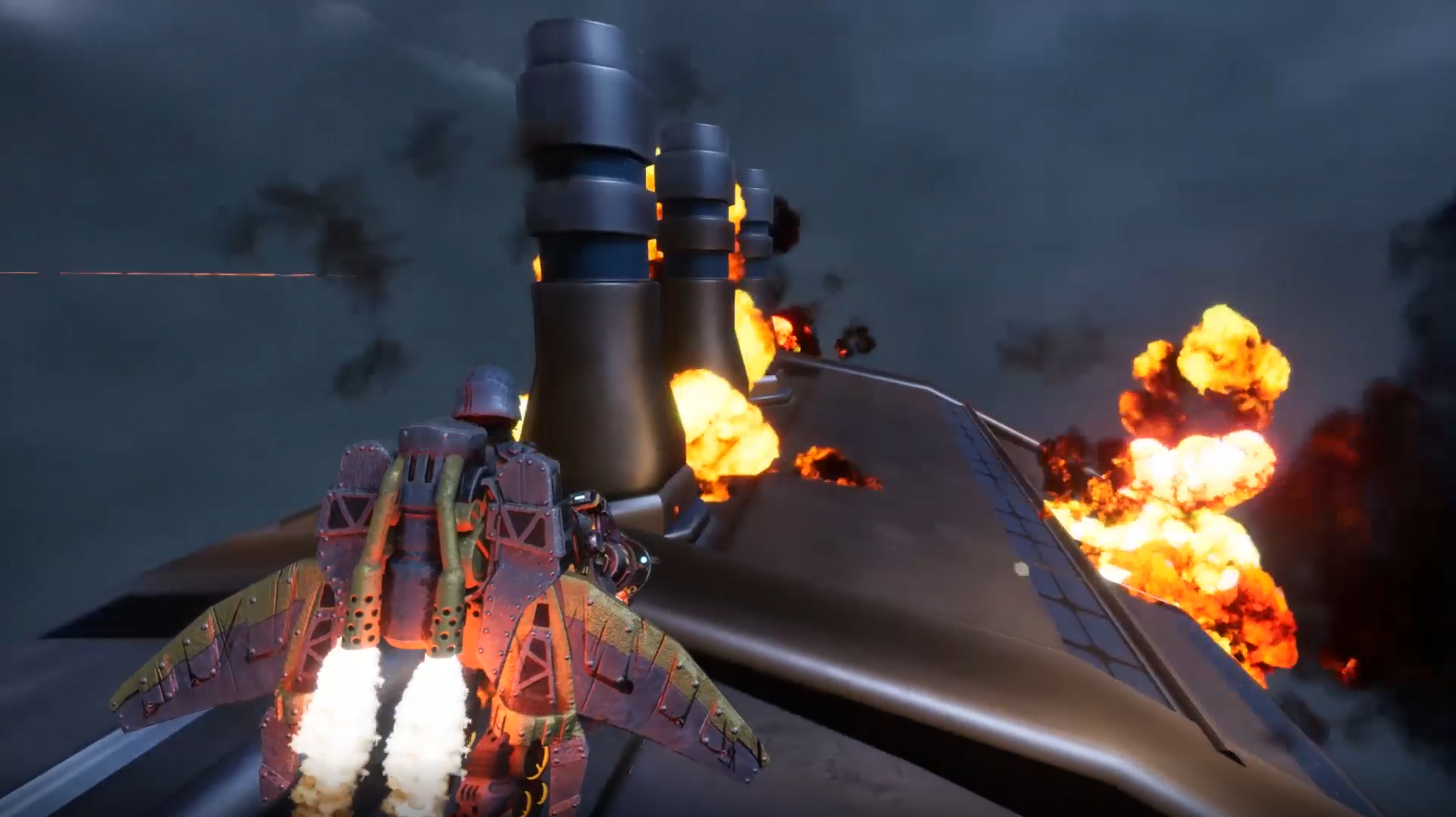
Beta Results
After another volley of playtests, and with only a few months left to go until our deadline, Iron Horizon still wasn’t in the place we wanted it to be. However, enlightened by our playtesting, we came to understand that our grievances had some clear conclusions. We stuffed our game full of unnecessary mechanics, like our crafting system, to overcompensate for our game’s design flaws. The complexity of so many mechanics attempting to work together spread the game too thin and detracted from our core mechanics. What we needed to do was stay confident in our original vision and learn that its impossible to please everyone. Iron Horizon needed to focus on what made it stand out, not play it safe and end up like everything else. So, we decided to go all in on what made our game interesting in the first place and focus only on improving the core of Iron Horizon, anything else became irrelevant.
What we Changed for Gold
On our journey to gold we took a more subtractive approach to our design. Only honing in on things that supported our core mechanics. Here are some of the final, major changes we made:
Chainsaw wings!!!
We decided to fully embrace our melee focused aerial combat system and turn our character’s wings into chainsaw rimmed death machines. The player can now tear straight through their foes head on, rip through the hull of the ship, and use their wings to latch onto walls. Besides, chainsaw wings are stylish as hell.
Mechanical simplification
We removed all and any mechanics detracting from our core ground to air combat system. That meant no more crafting weapons, resource management, or drone companions. Scoping down like this allowed us to focus our efforts on expanding/polishing what was actually special about our game.
Turning up the heat
We decided to completely embrace the crazy, over the top action and stylish ferocity our game was all about. The flames leap further, the music blares with a symphony of electric guitars, shrapnel and blood rain down like typhoon. Theres no point in holding back when your main character literally has chainsaws for wings.
Dreadnought V3
We redesigned our level one last time! Our new Dreadnought, The Chernobog, is the final culmination of everything we learned while designing levels for Iron Horizon. Its jam packed full of interactive scenery while still being open enough for the player to explore our aerial combat systems. The level progression is simple, but incredibly bombastic. The player has to breach the hull, destroy a fuel refinery, retract a colossal howitzer into the ship and fire it to breach the engine room, then fly through the churning pistons of the dreadnought’s engine, plant a bomb, then escape the ship before it explodes. The whole level is non-stop tension, action, and release.
Some Final Environments
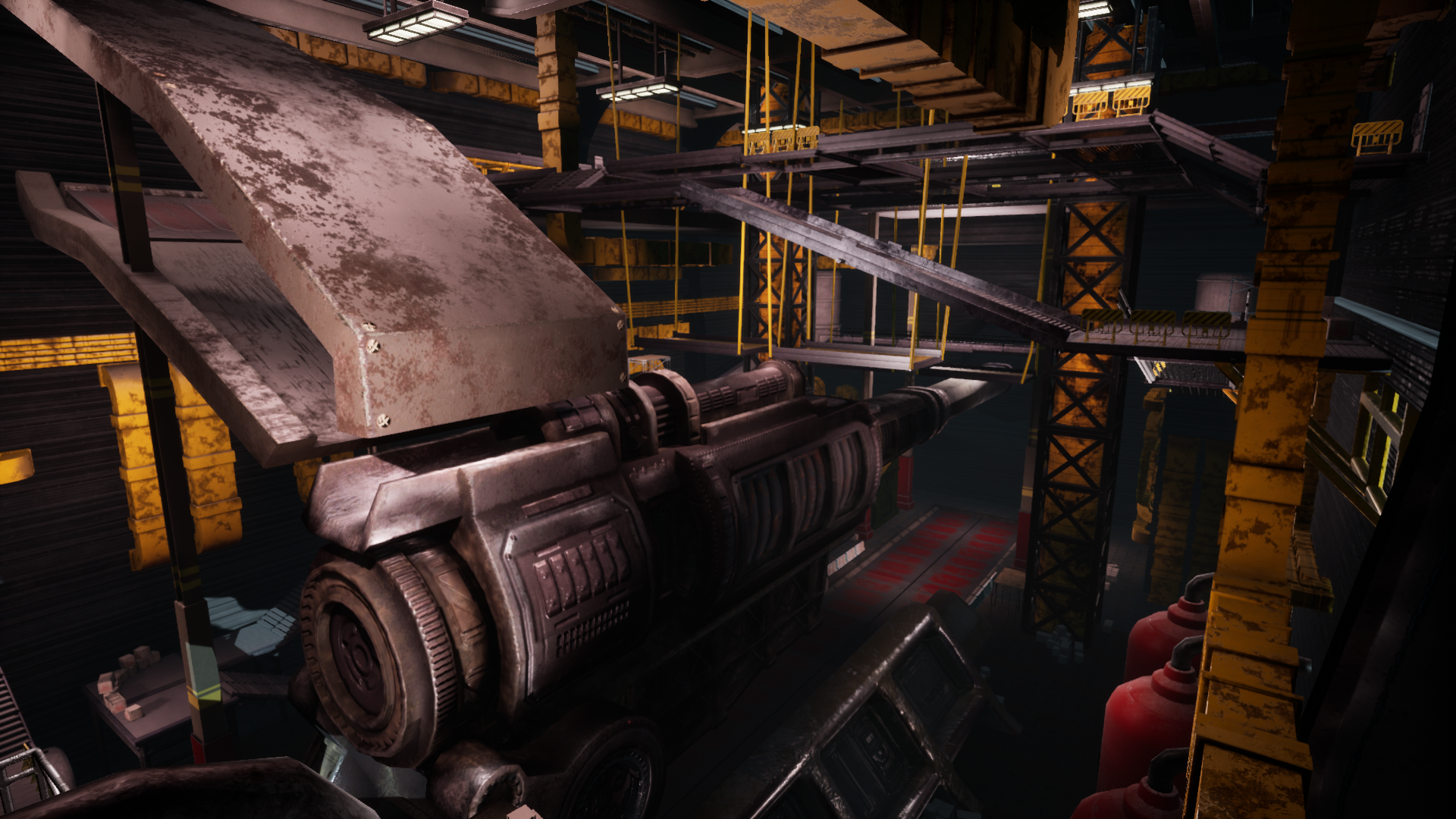
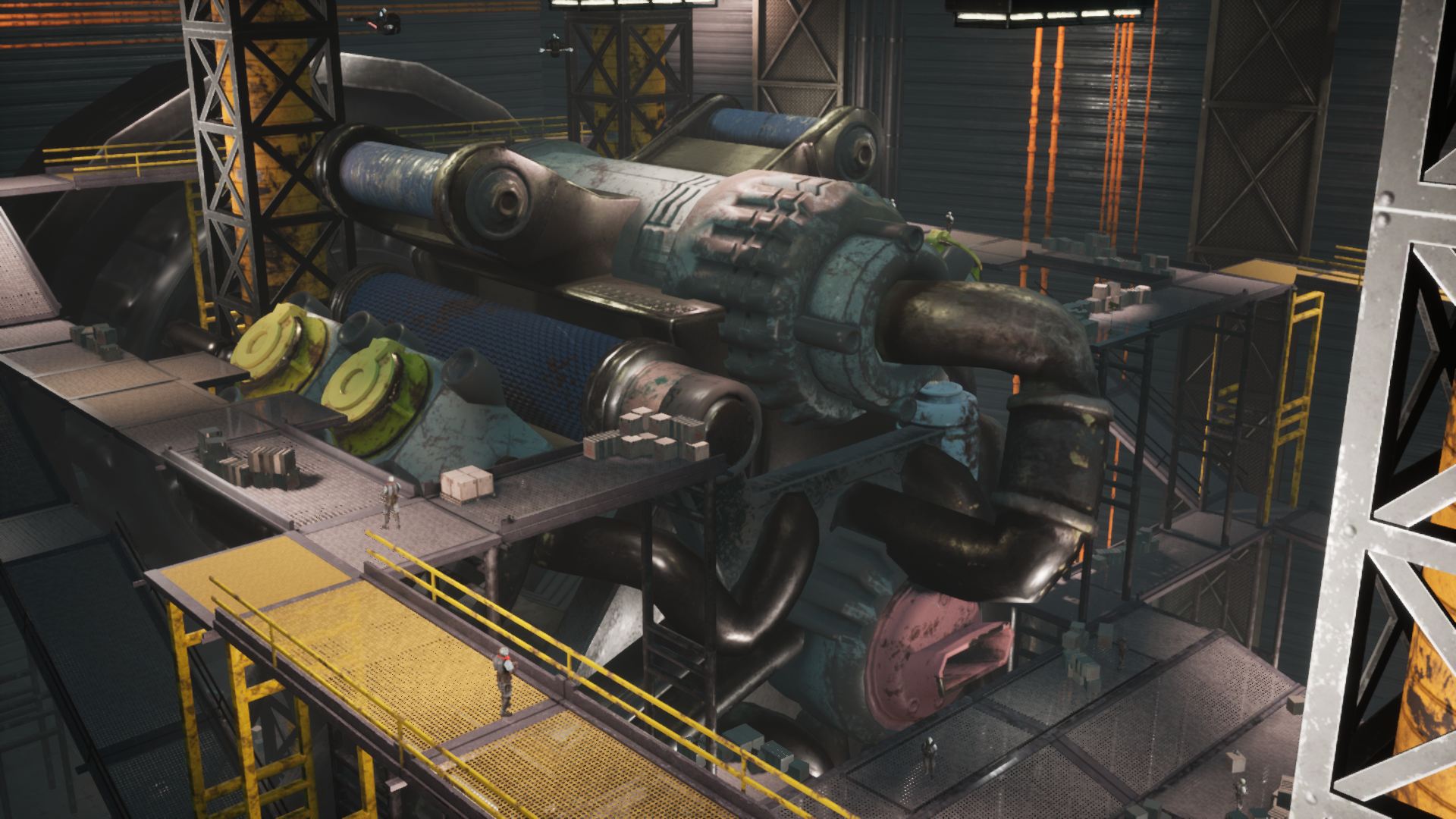
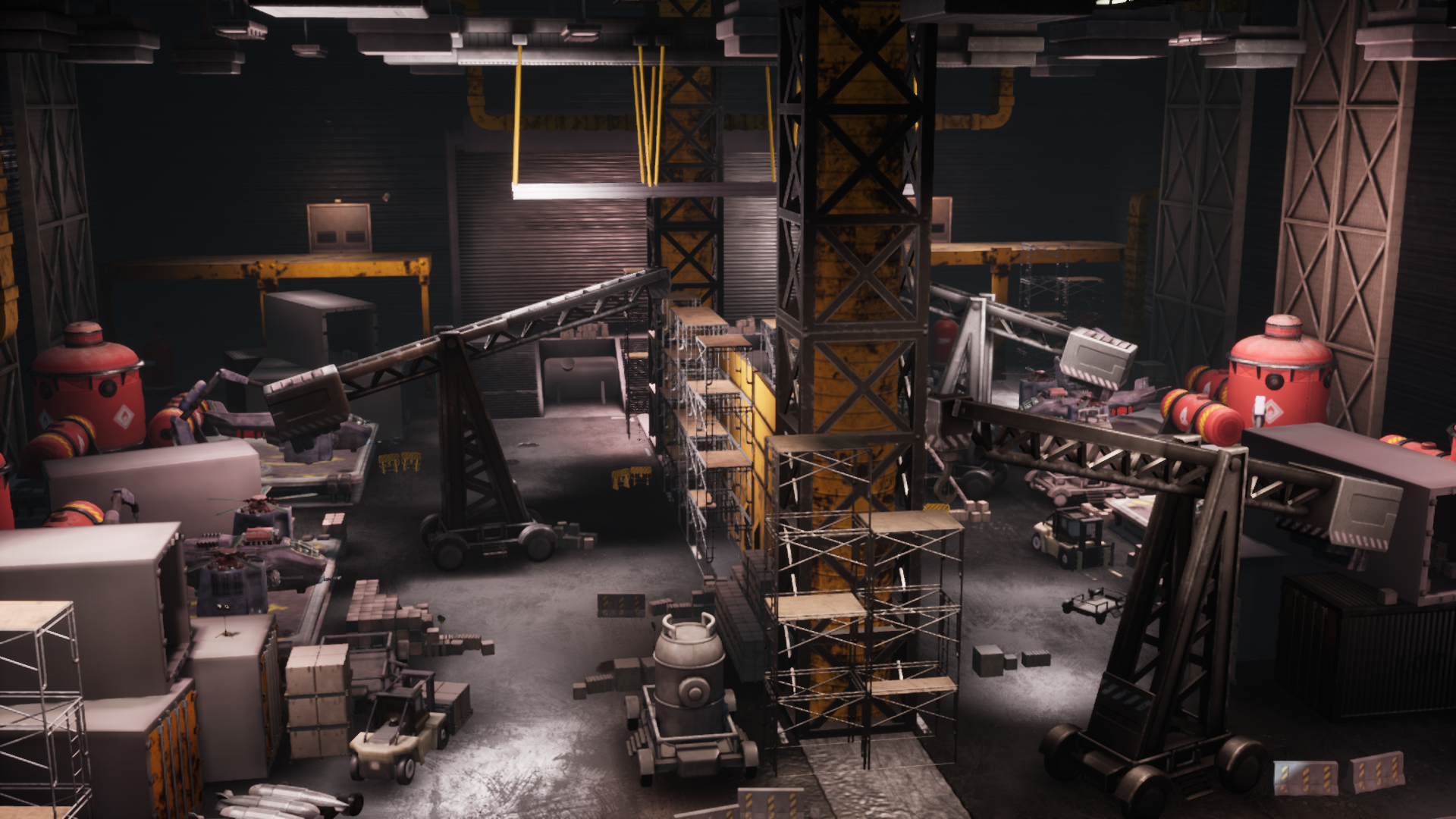
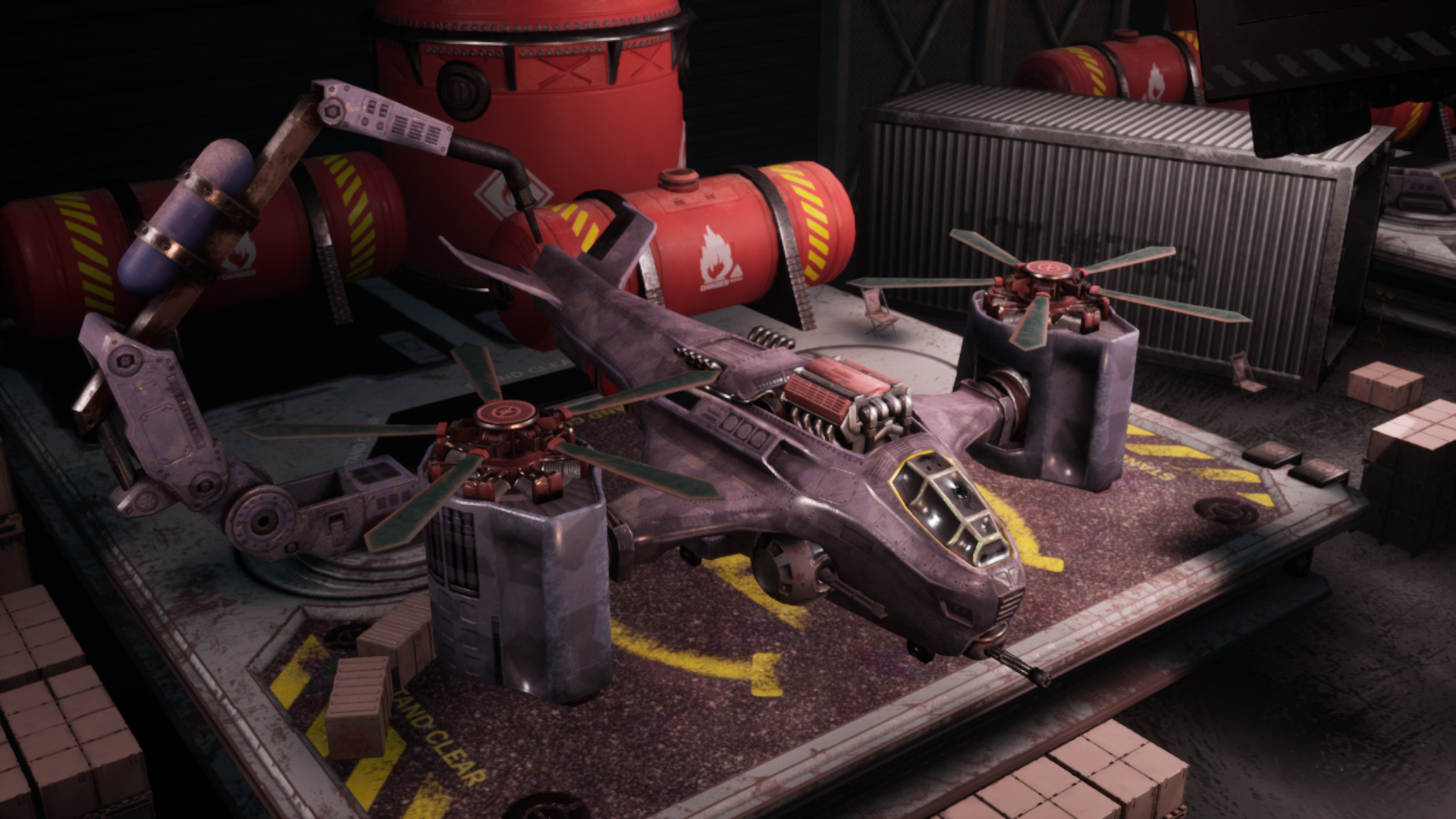
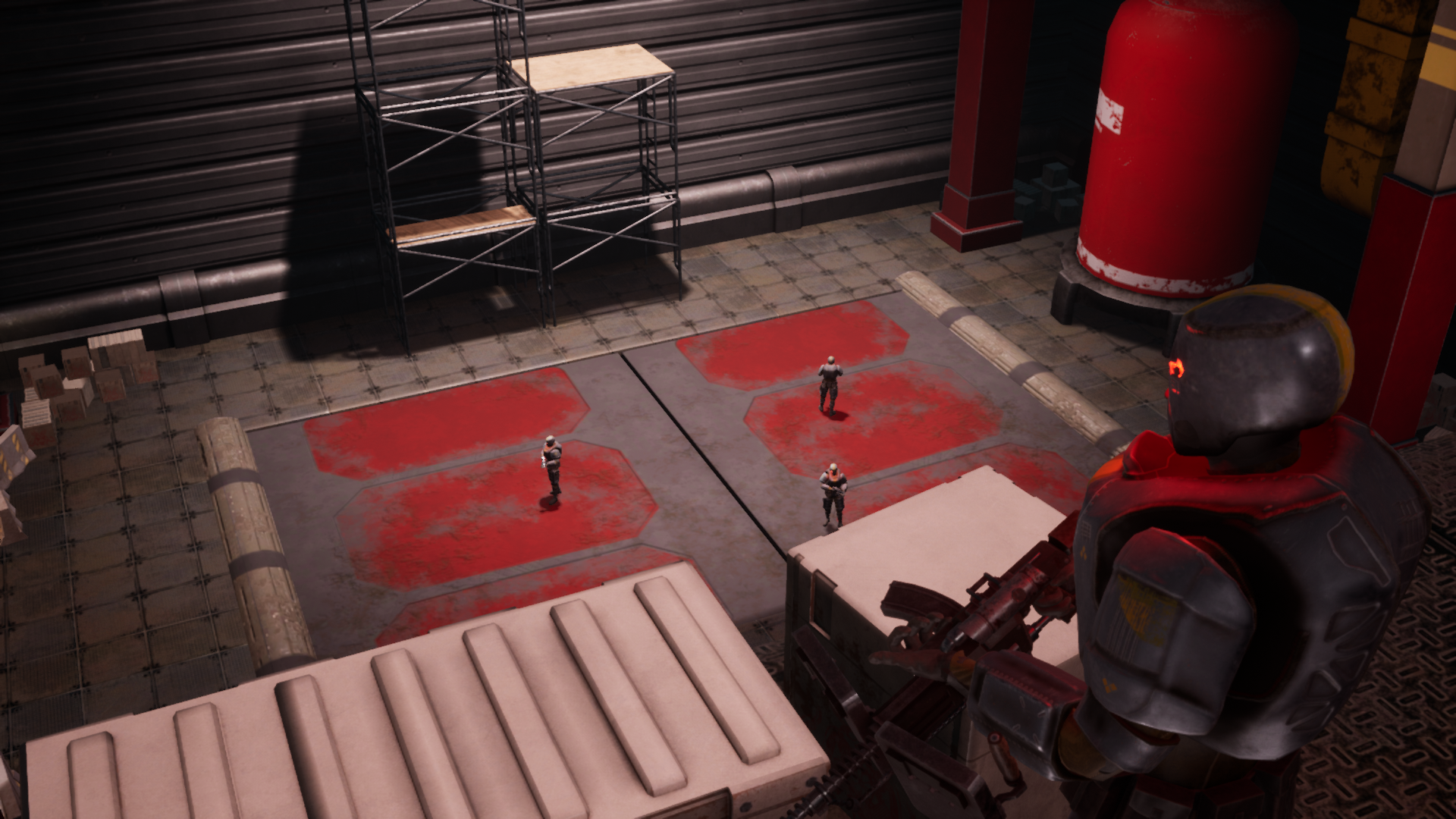
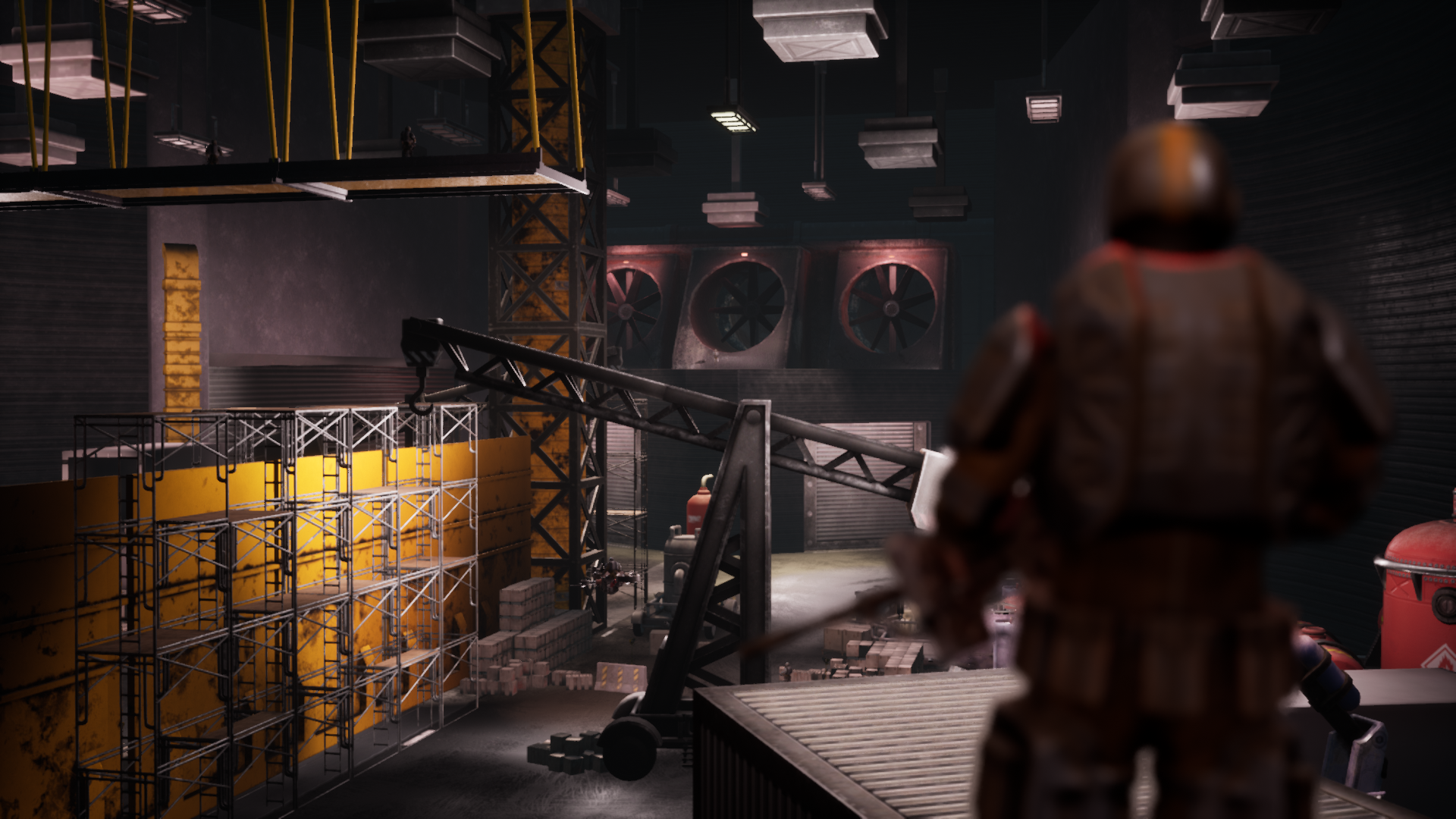

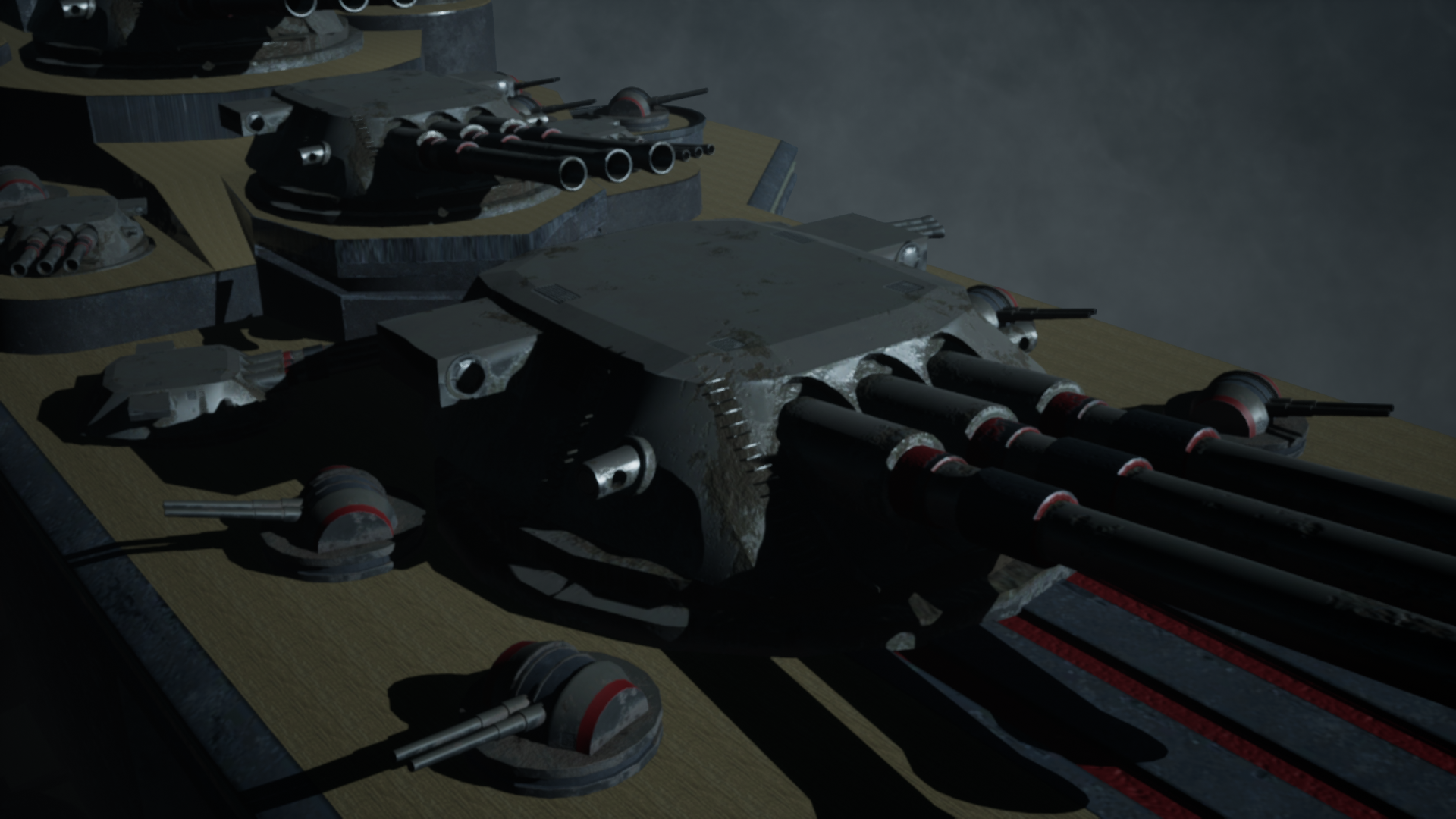
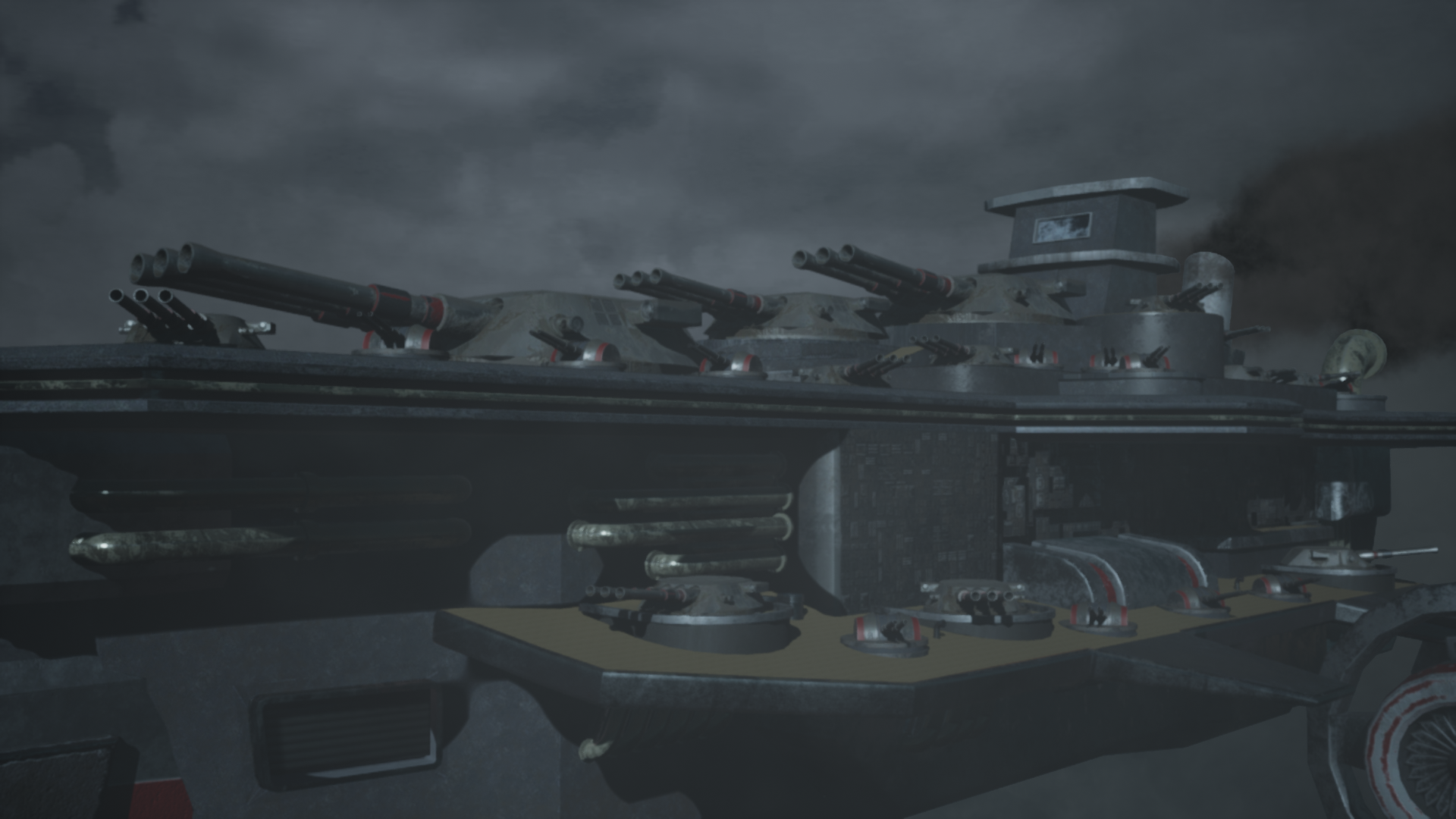
Some Final Enemies

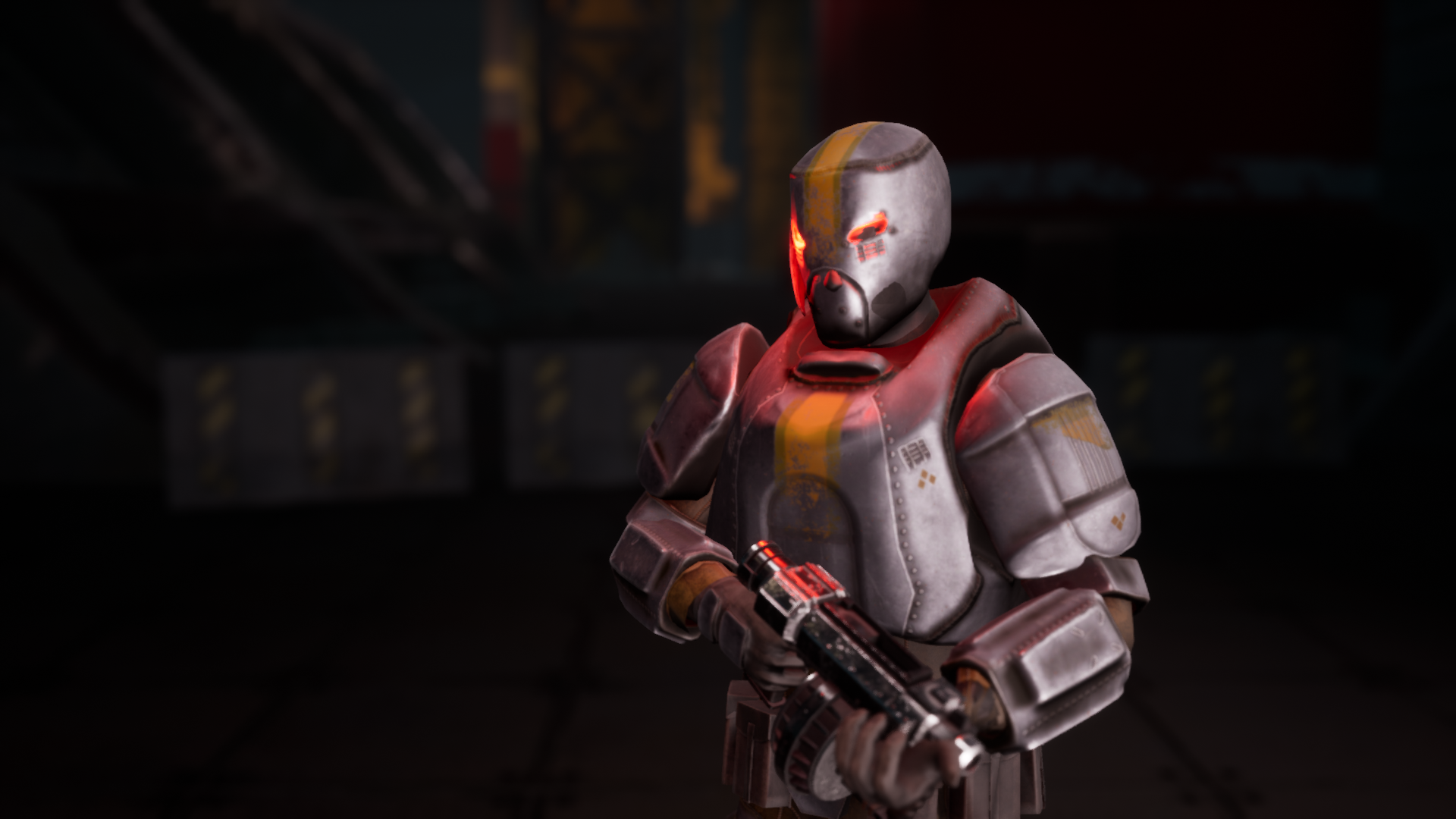
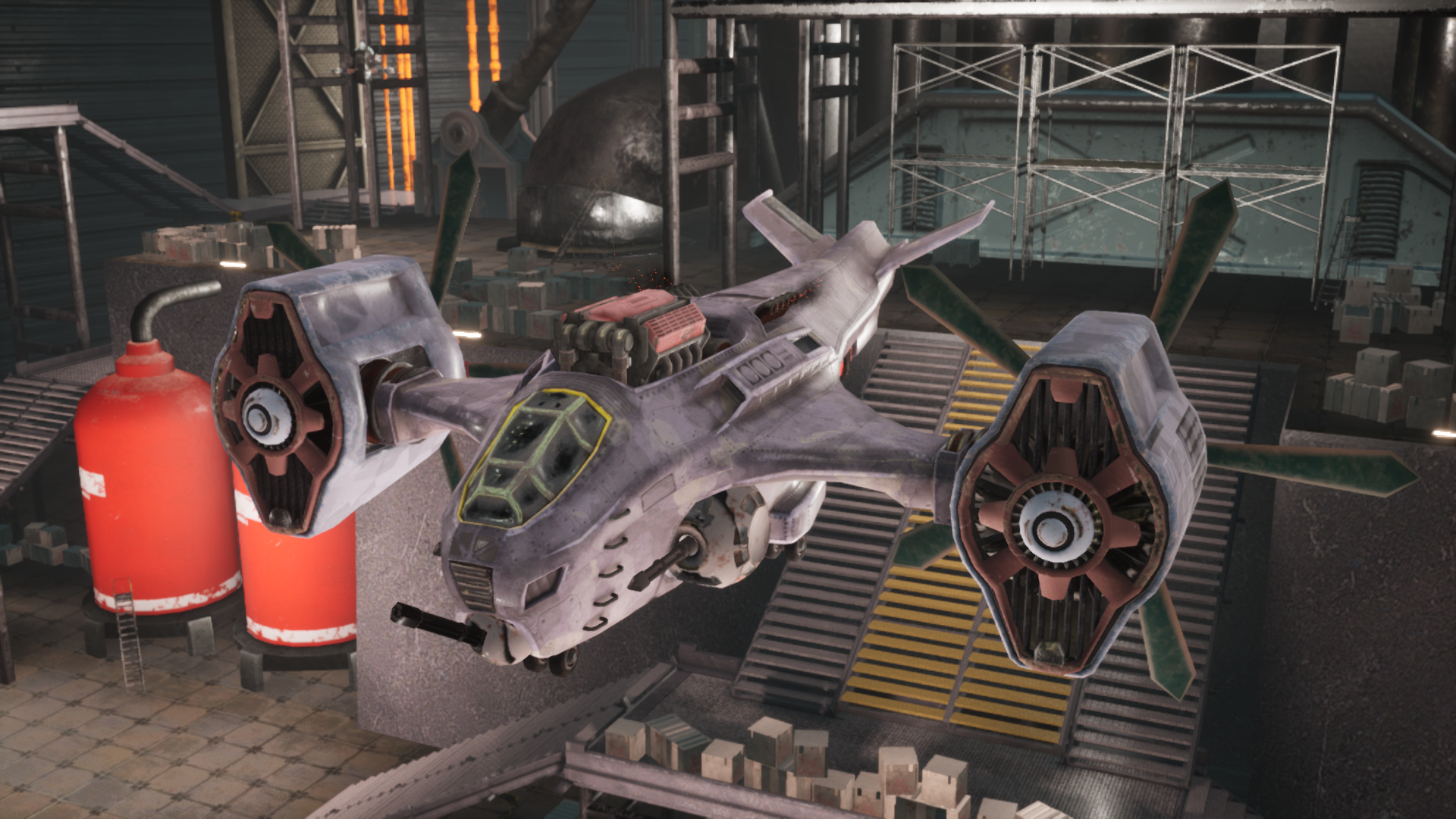
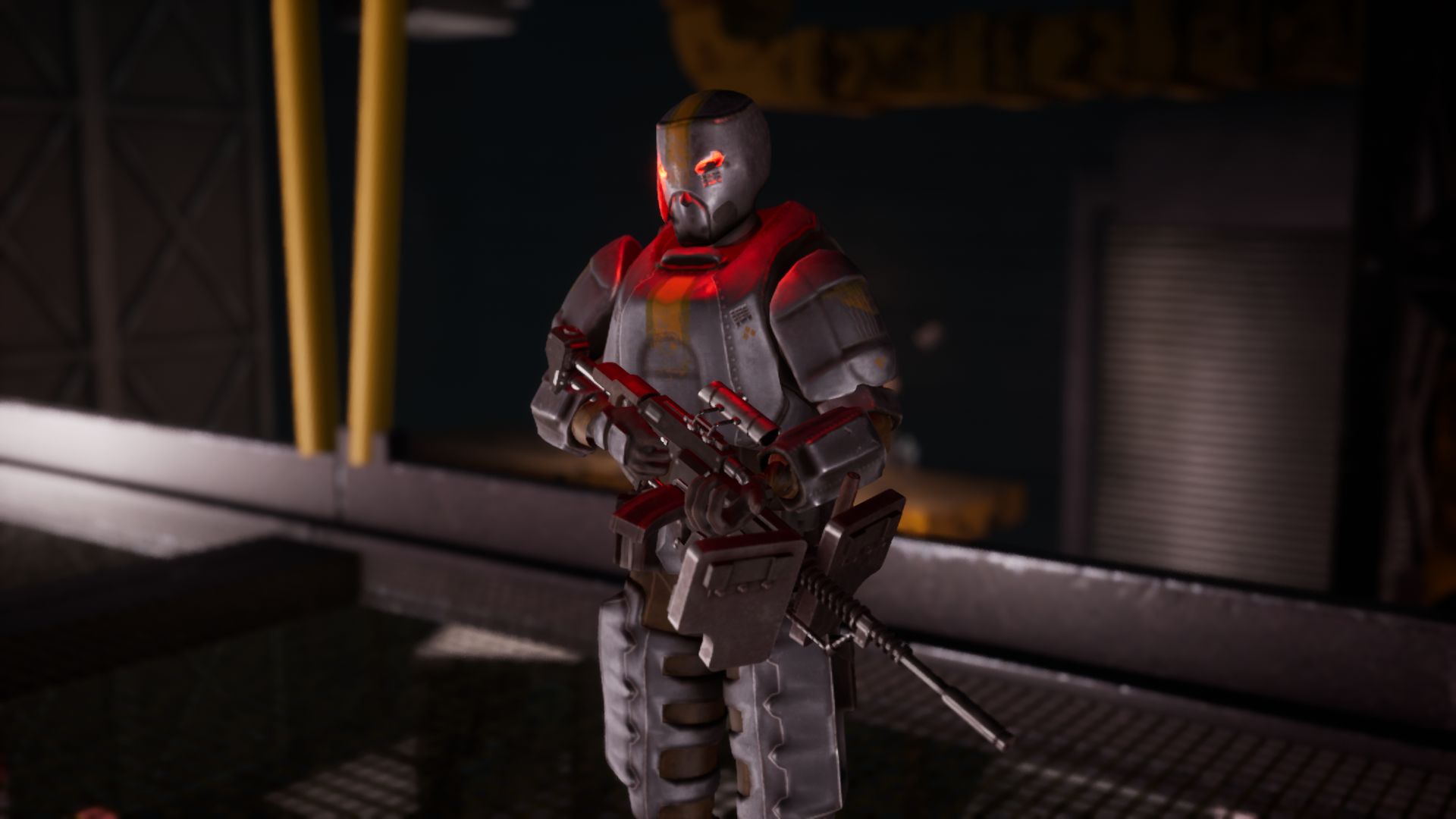
Our Final Weapons
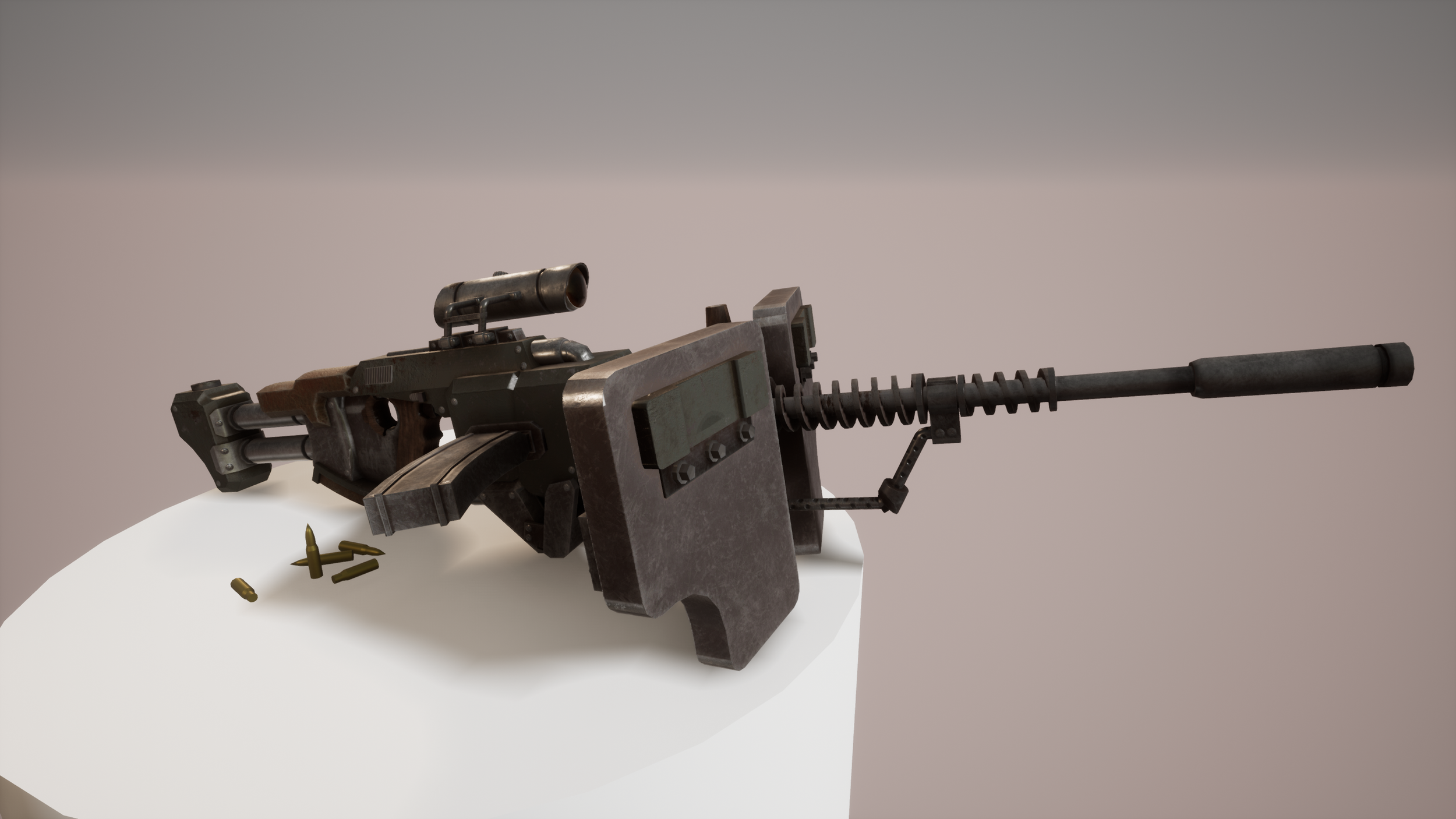
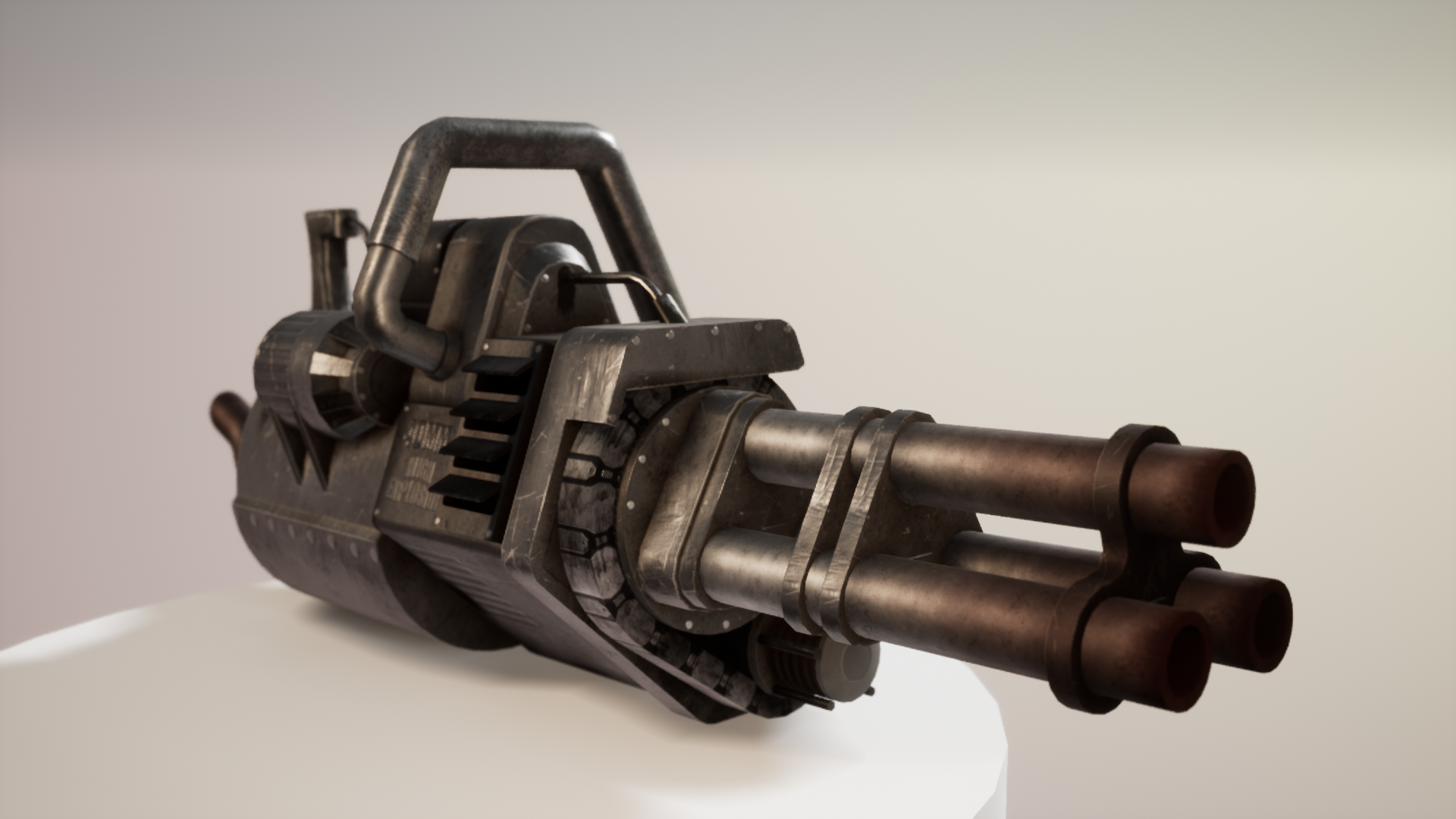
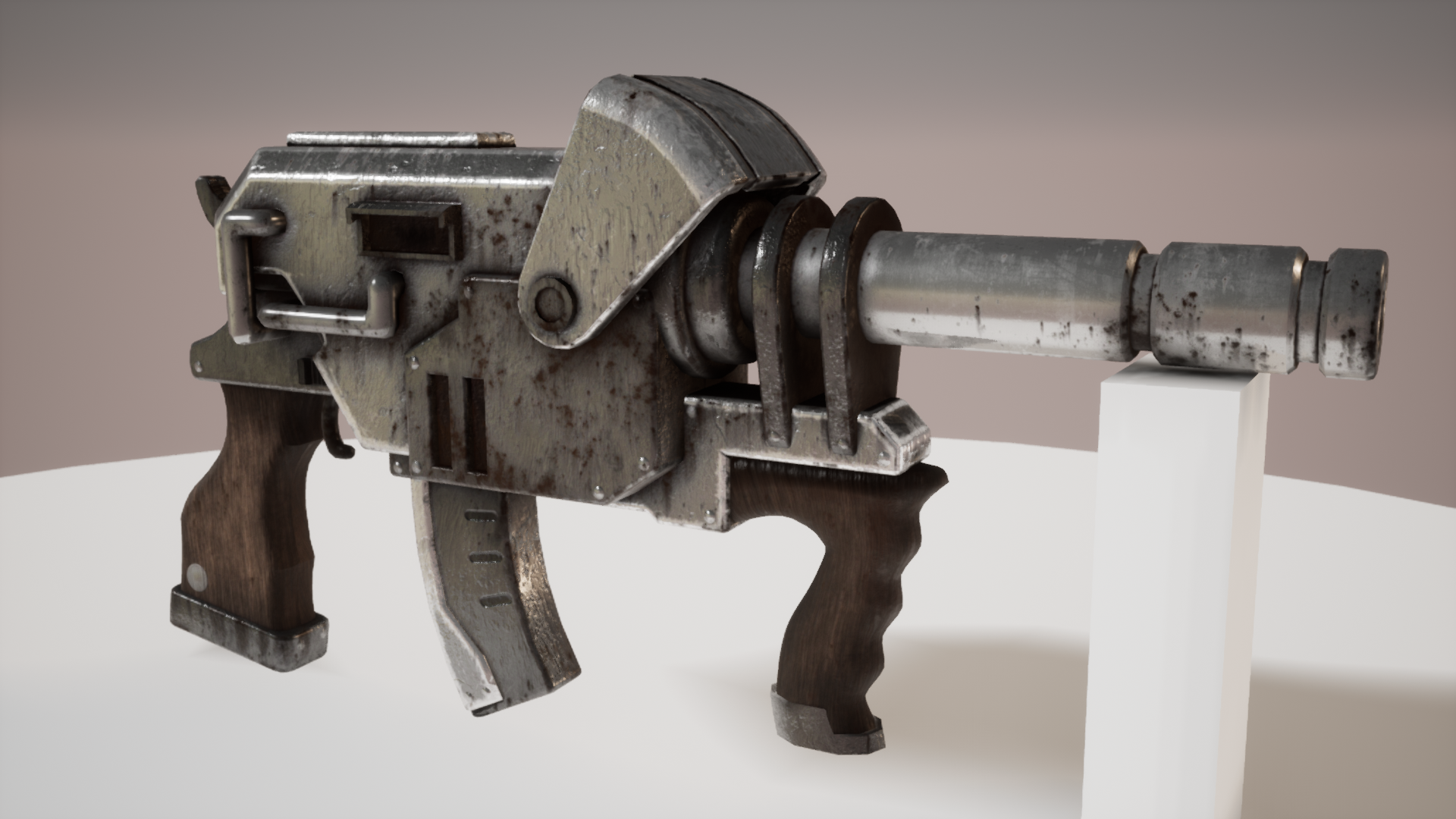
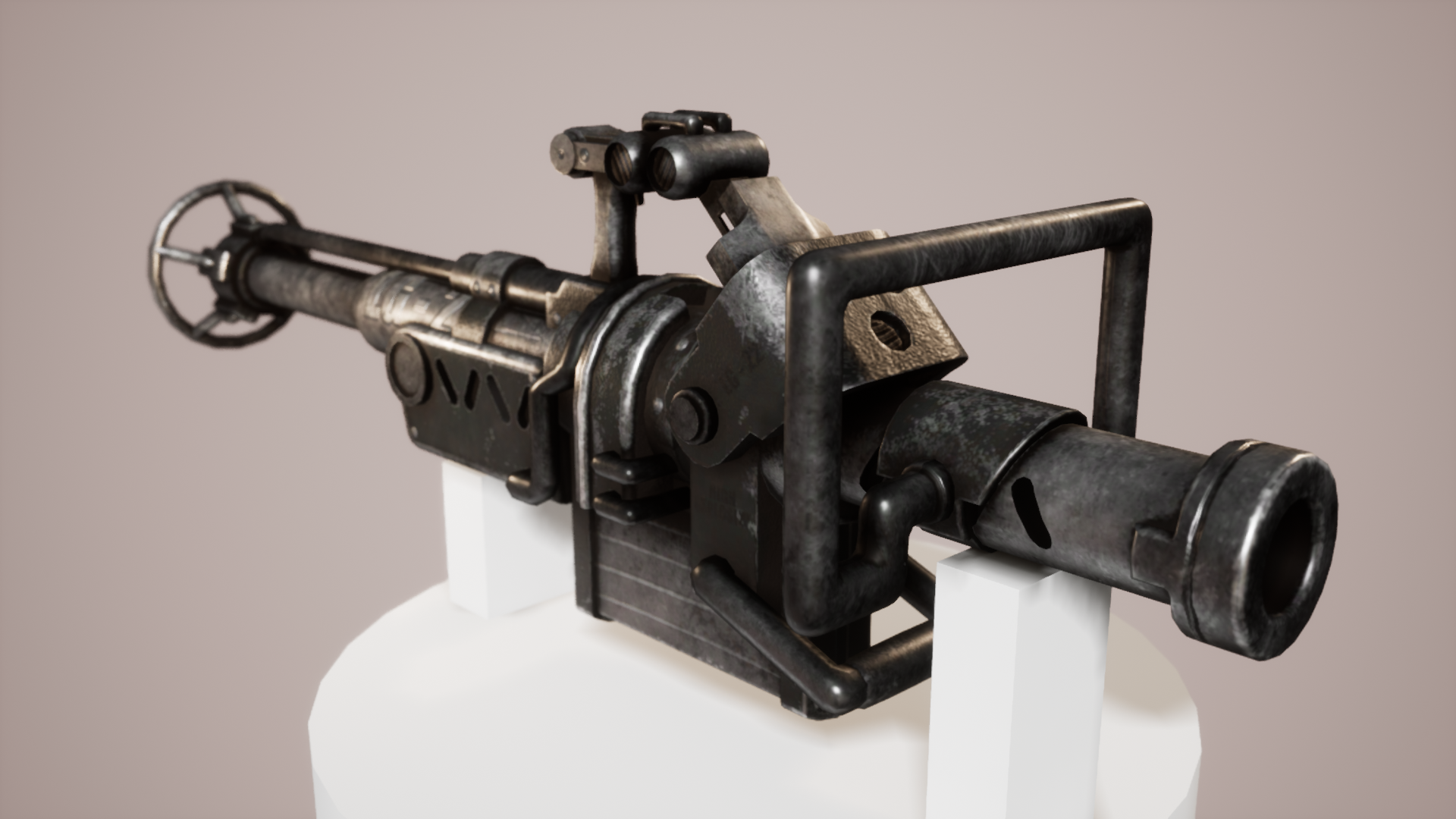

The Final Product
In the end, Iron Horizon ended up being a blast to play. It suffered from issues regarding performance due to the time (or lack of time) we had to optimize it. However, the game was successful in its core design, sticking with our guts paid off big-time! Players were able to get as creative with our mechanics as we were hoping they would. Seeing people laugh and smile while tearing up our dreadnought was wildly rewarding.
What I Learned
Making this game was a semi-grueling journey and massive learning experience, especially as a project lead. Here were some of my biggest take-aways:
Over-scoping
Probably the biggest lesson I learned was all about the dangers of over-scoping. This project had the opportunity to be ten times more polished than how it came out if we were a bit less ambitious. We could have still achieved everything we wanted if we prioritized clearer goals and a smaller scope.
Micromanaging
Allowing people to have as much creative agency as humanly possible always helps the collaborative innovation of a project. Trying to micromanage people limits creativity and by extension damages the project as a whole. Learning to find people who share your vision and trust in their creativity fully was a major lesson learned for me and the team as a whole.
Make game for YOU
While Iron Horizon came out great, I can’t help but feel like it could have had so much more personality and uniqueness if we stuck to our vision and didn’t let the opinions of others stay us from making something absolutely weird. Parts of Iron Horizon are a bit derivative, they’re cool sure, but its nothing “new” per se. I think the game lost some of its spark the more we tried to please as many people as possible. Including our professor, which ya know, we needed a good grade, but still. I firmly believe that artists should make art for themselves, something they see that no one else does. That unique spark is what brings out innovation and beauty that otherwise goes unseen or misunderstood. A major lesson learned for future projects. Be weird and be yourself.








